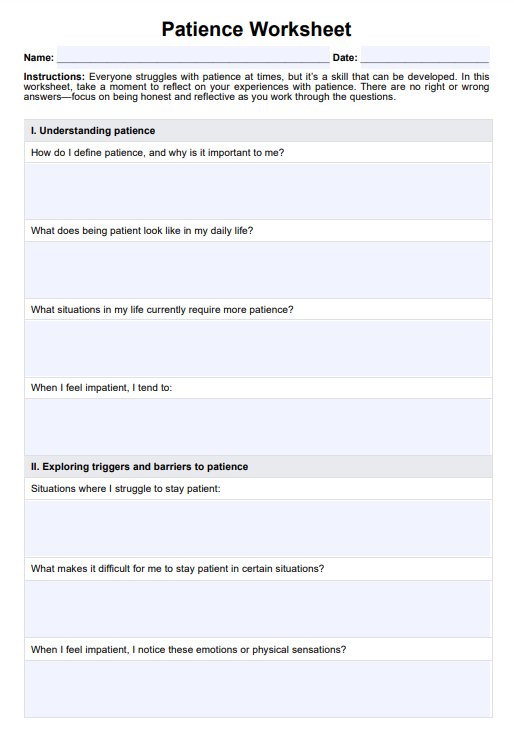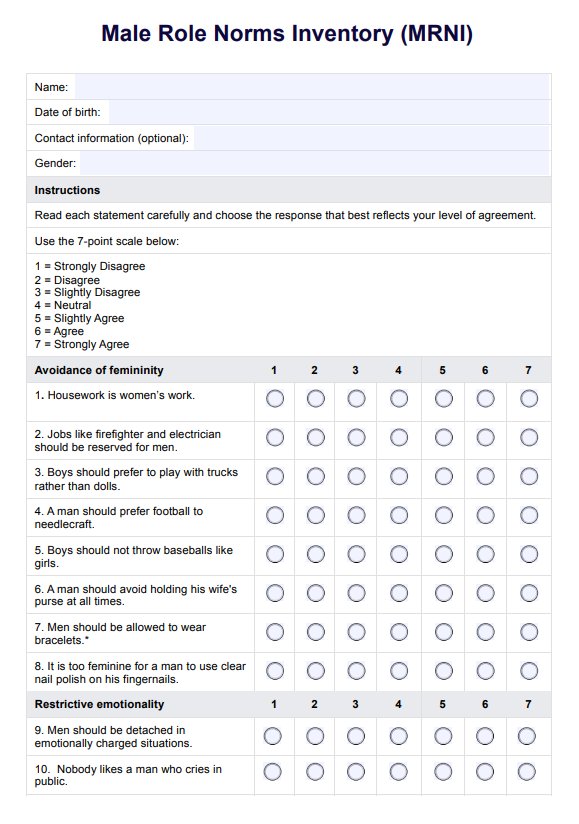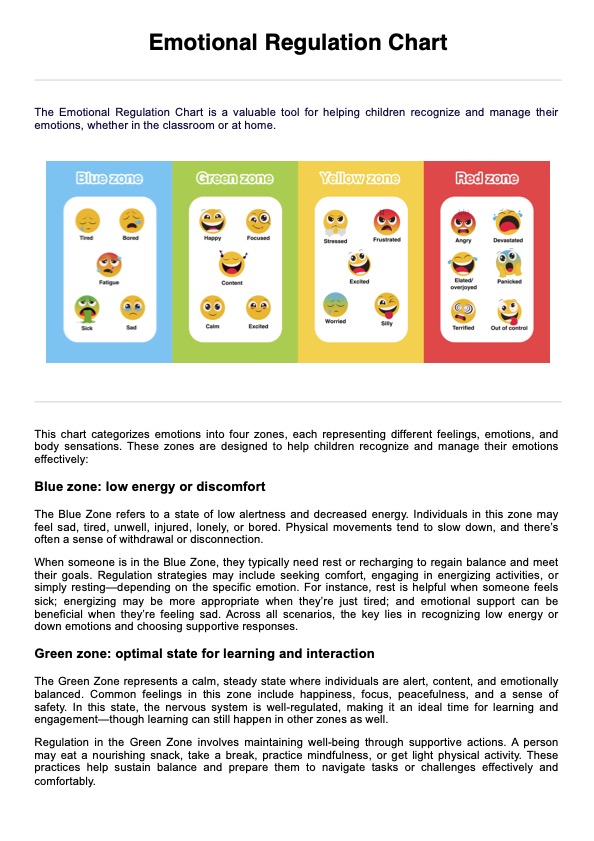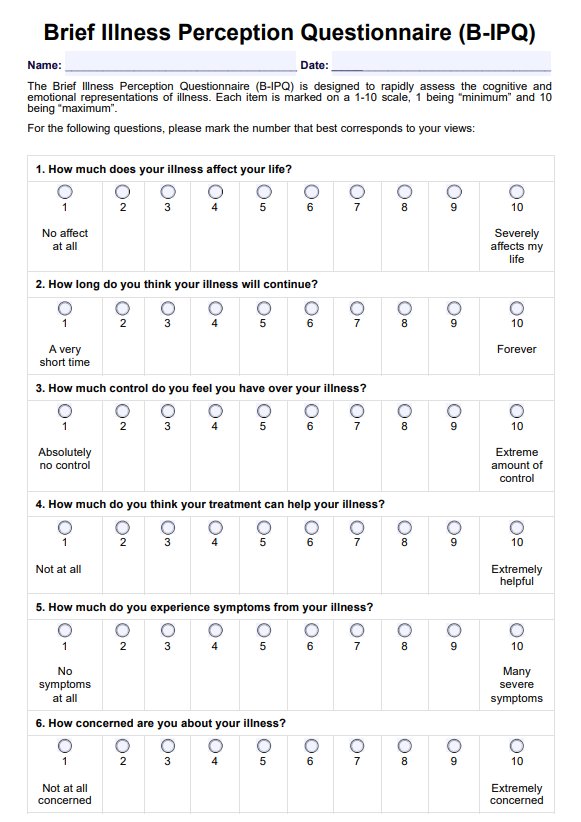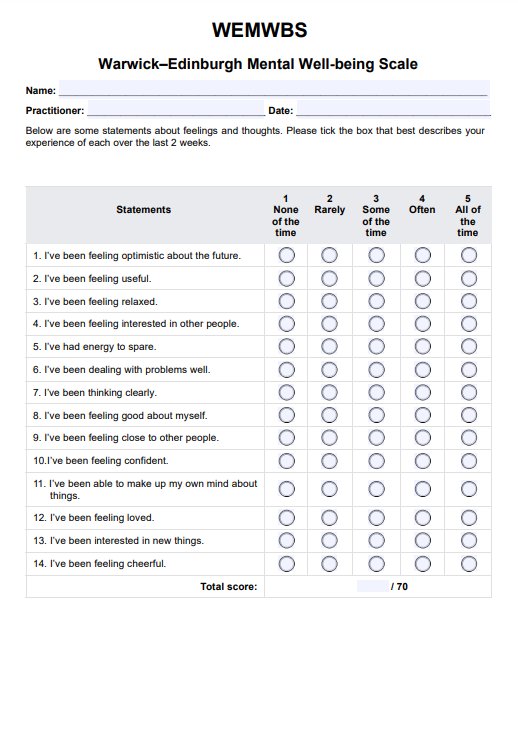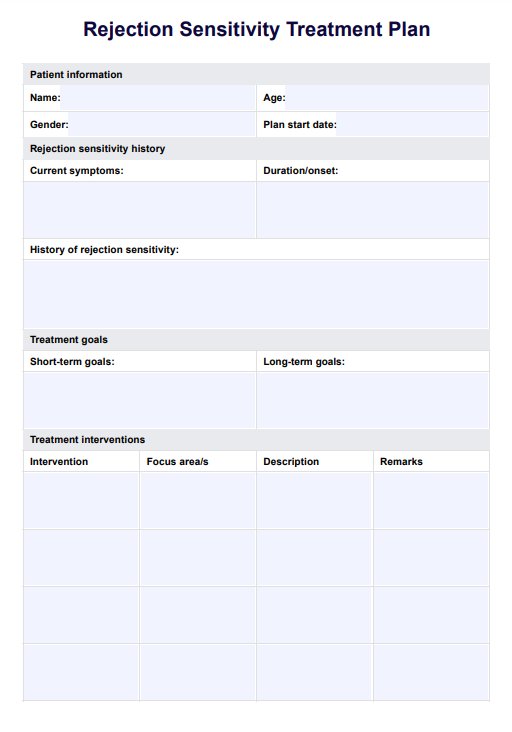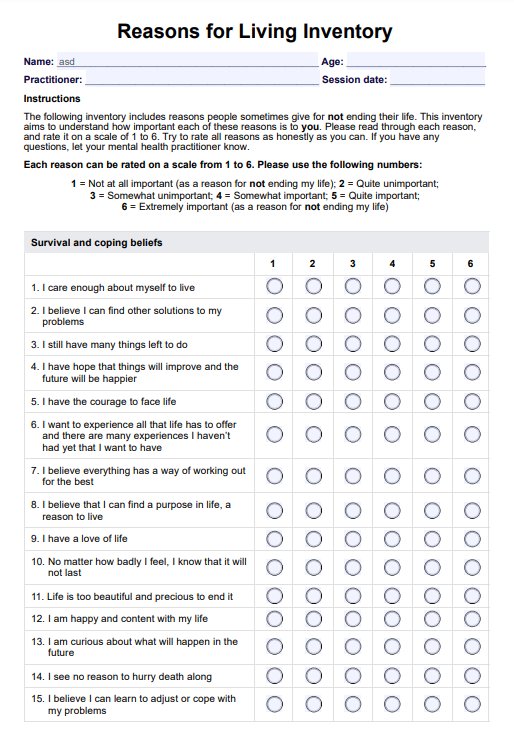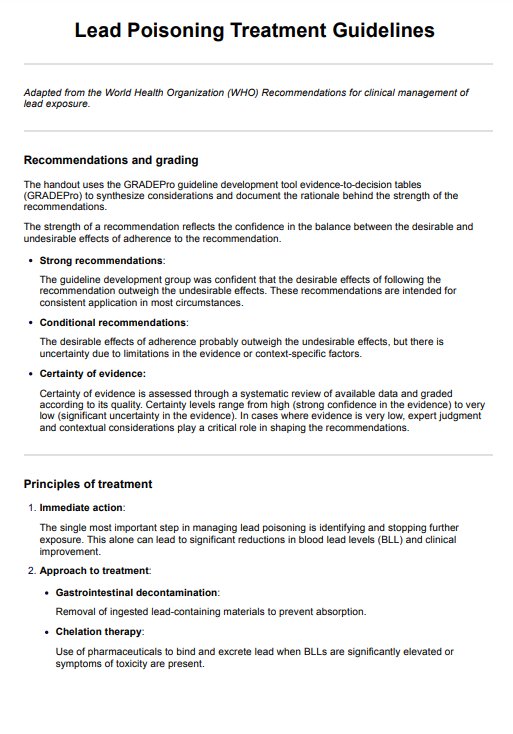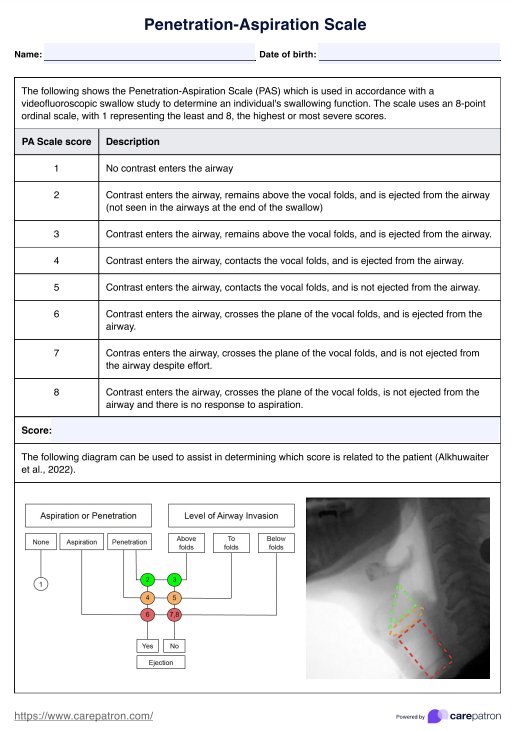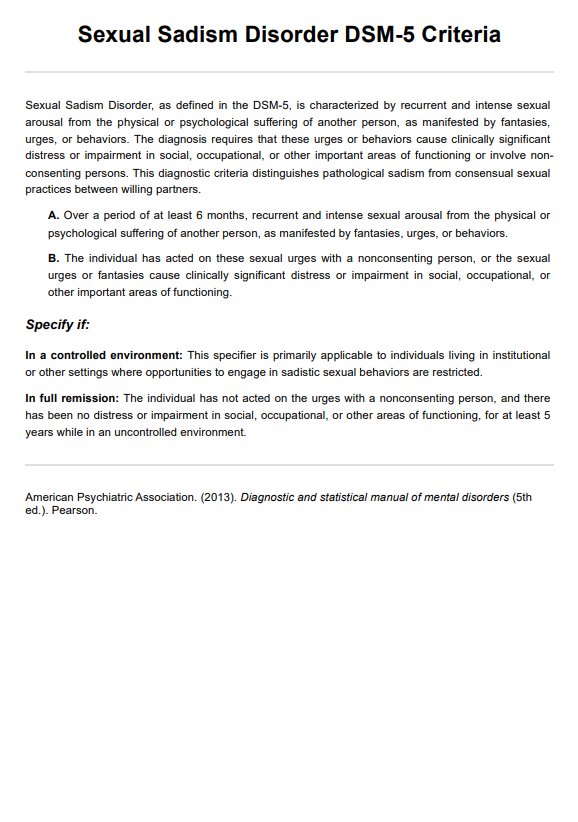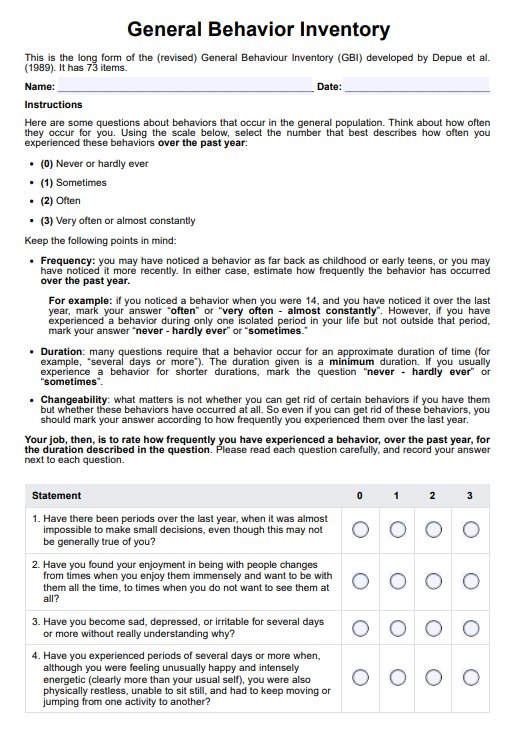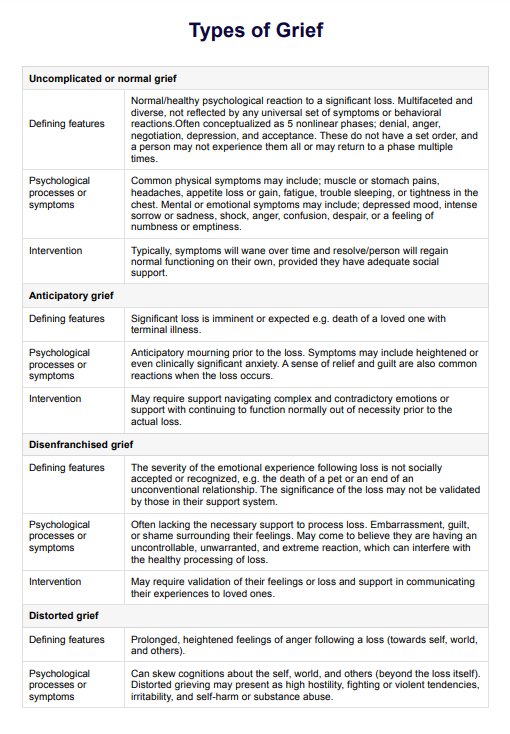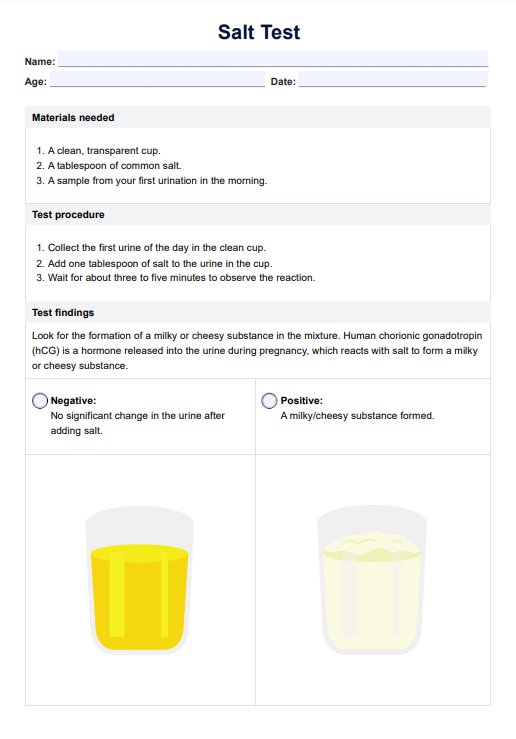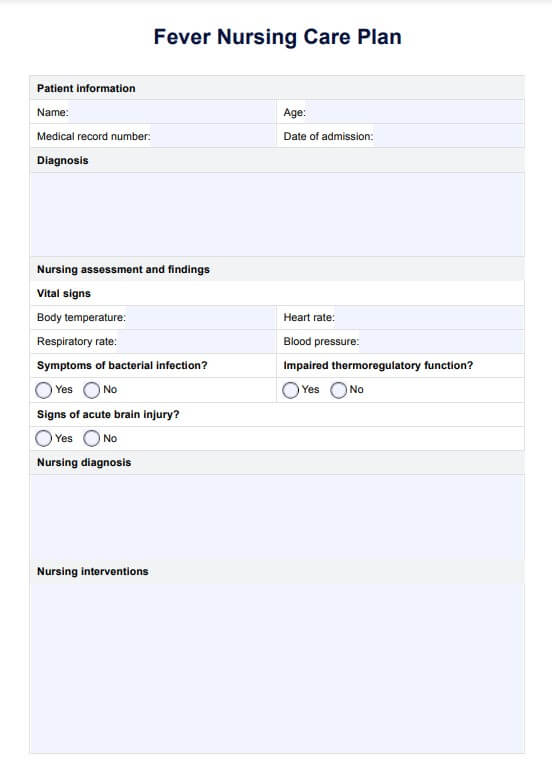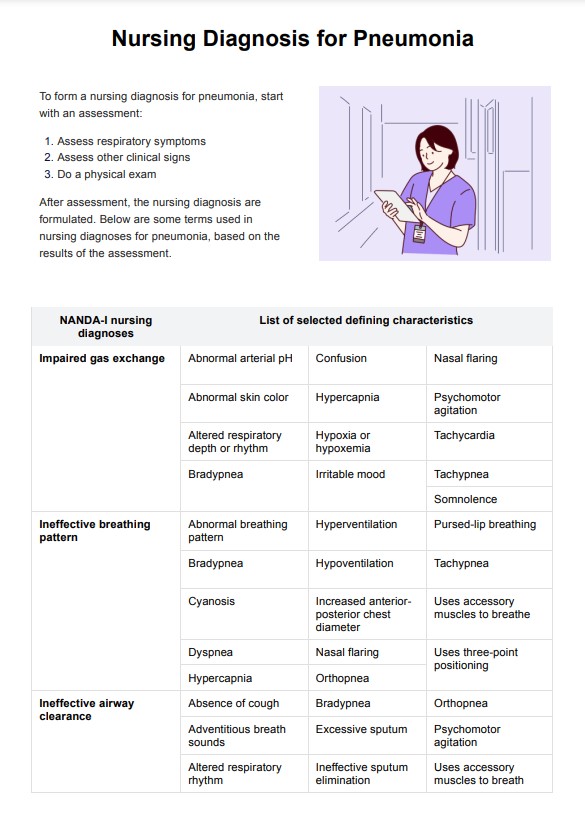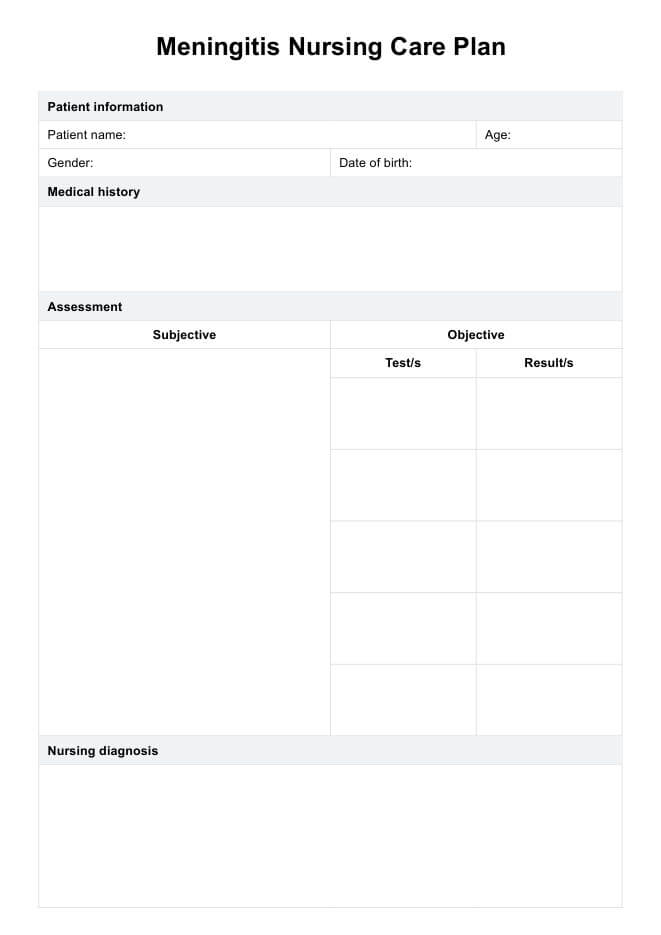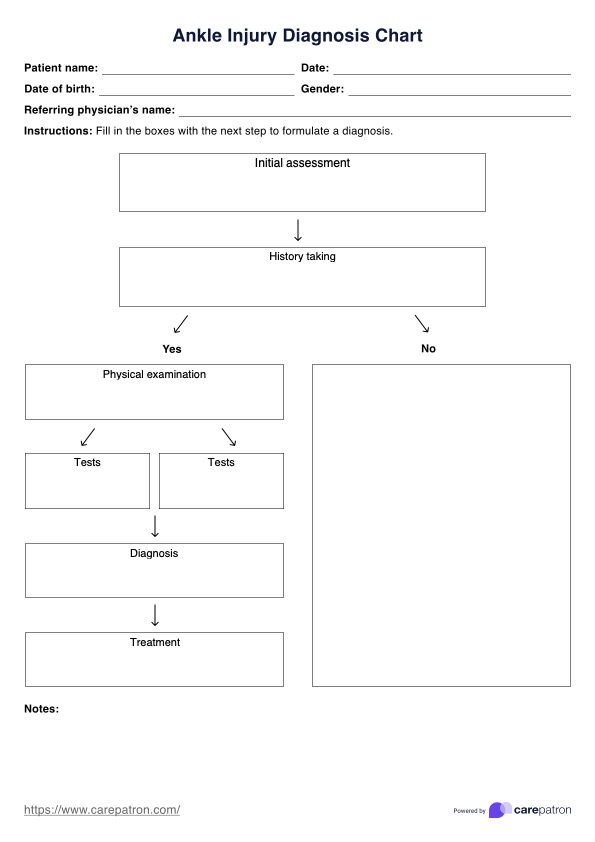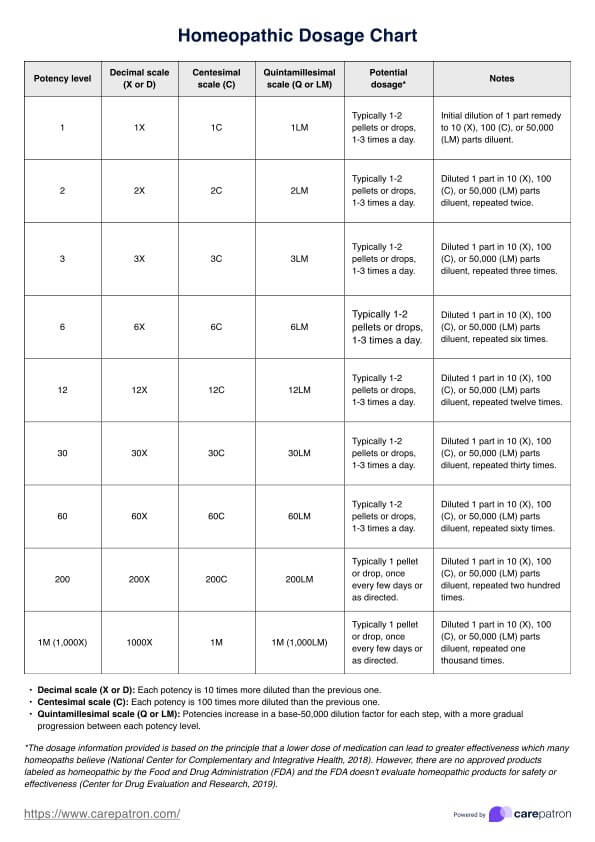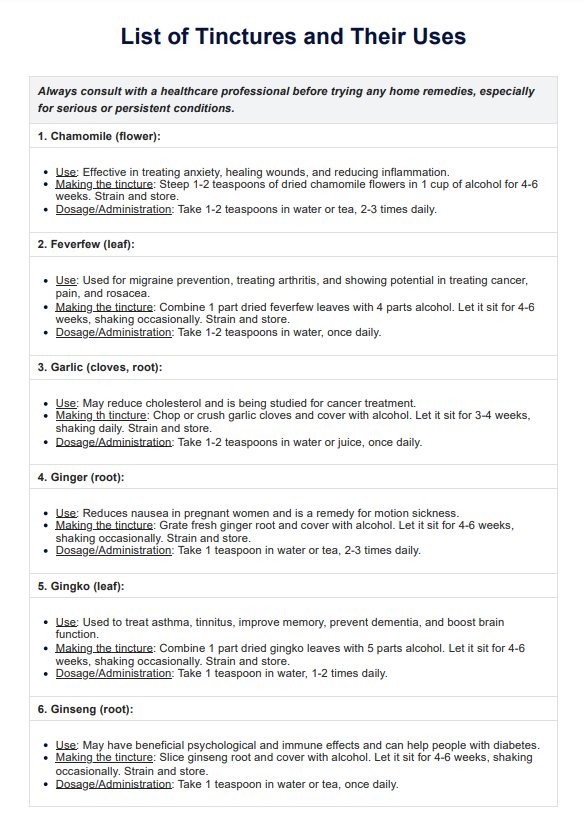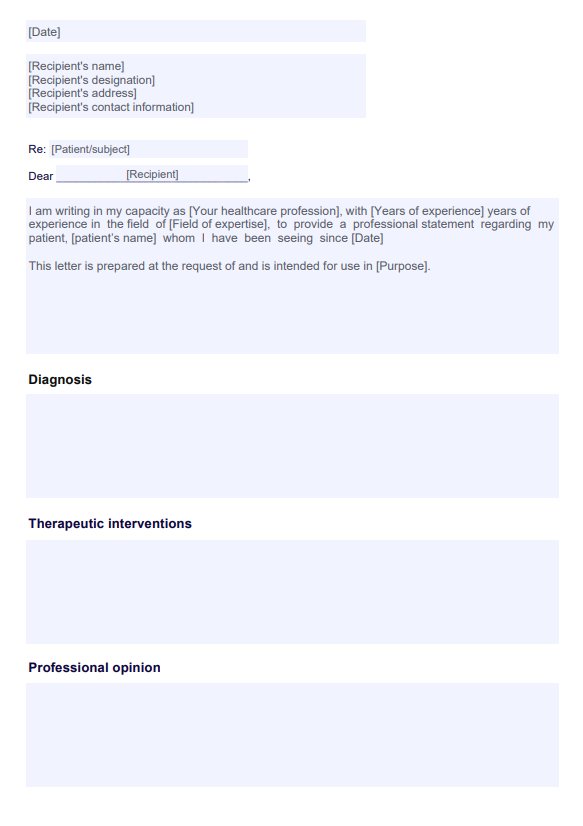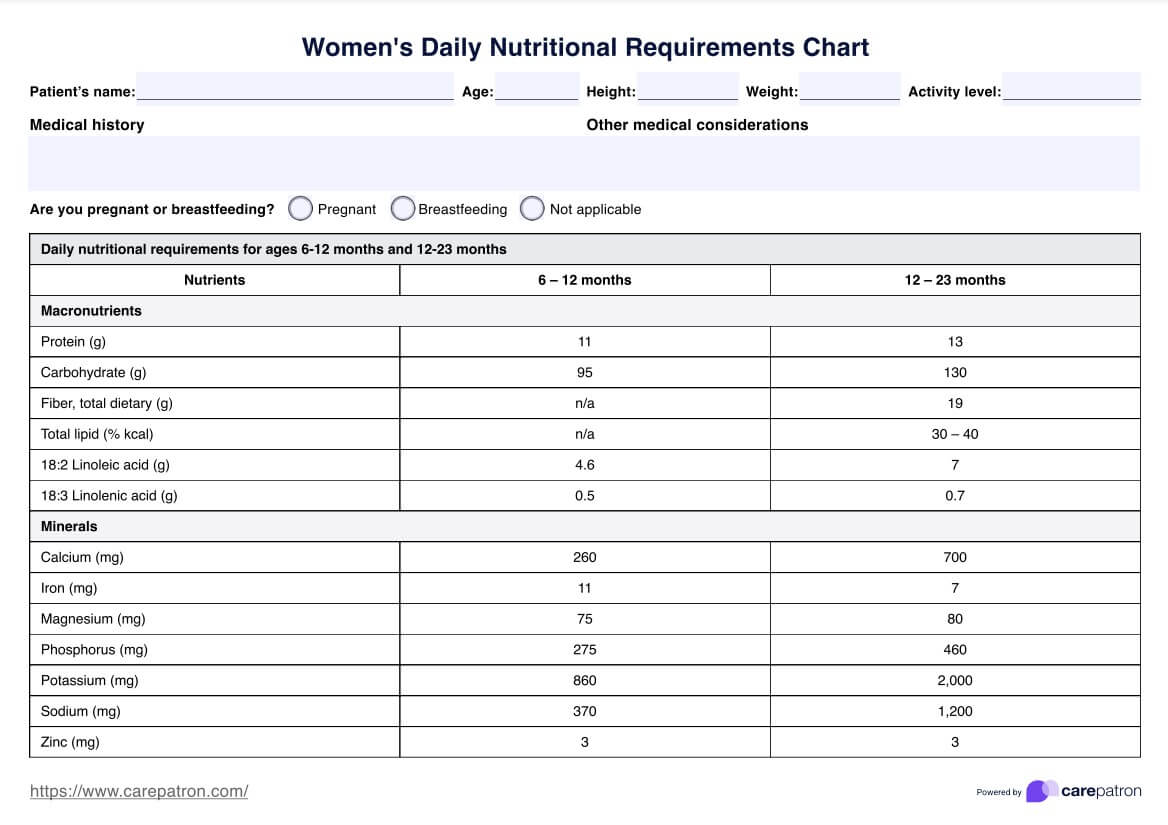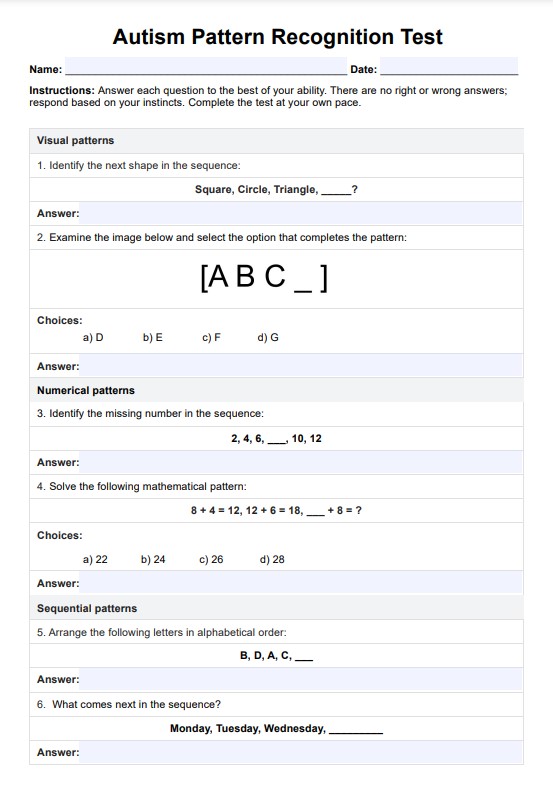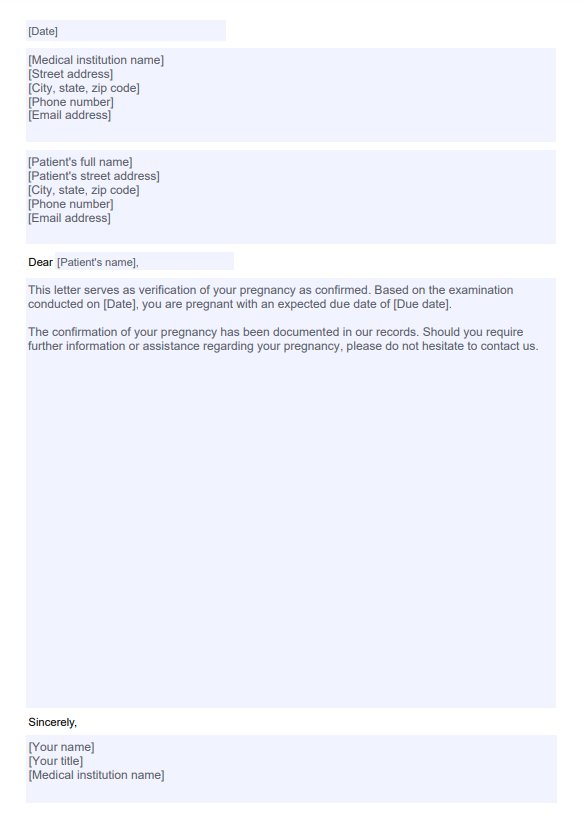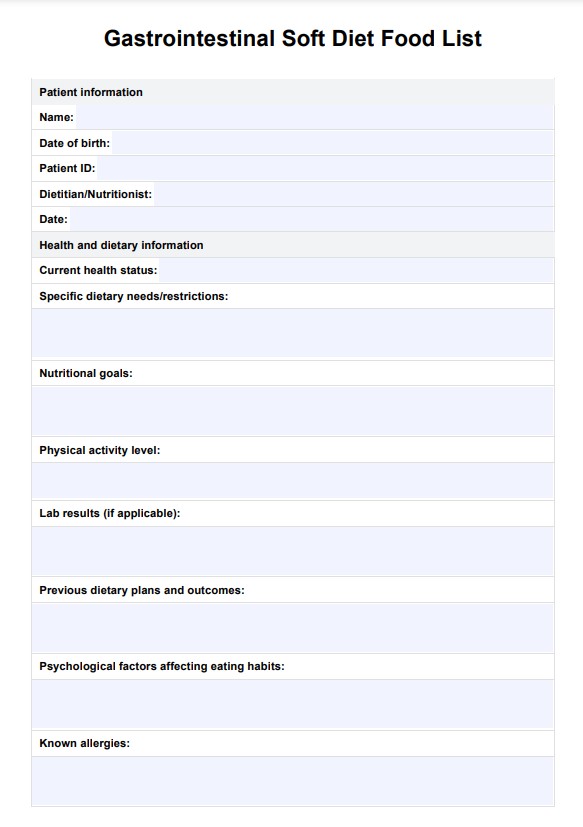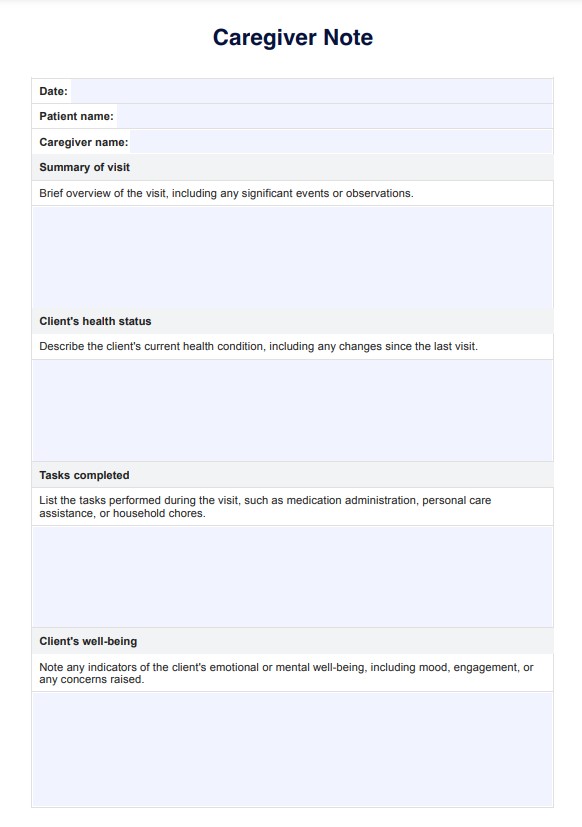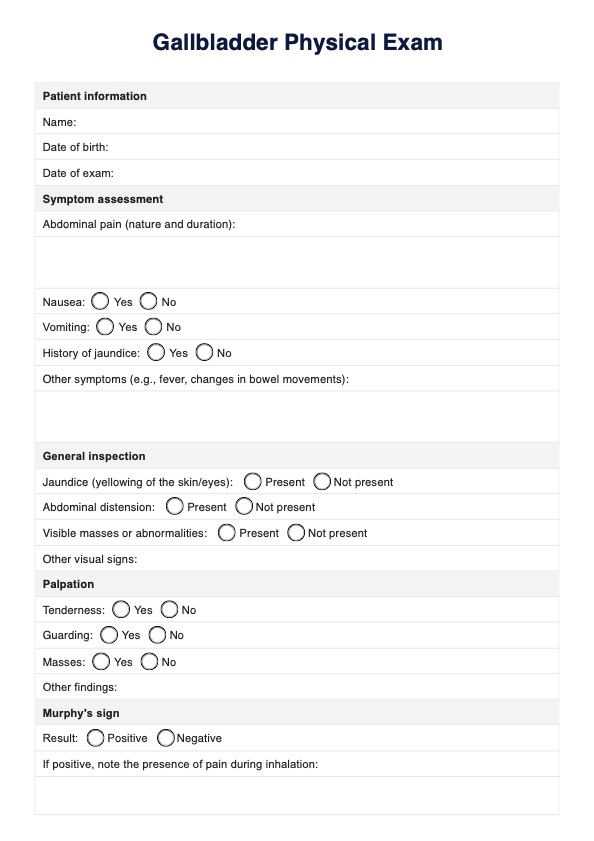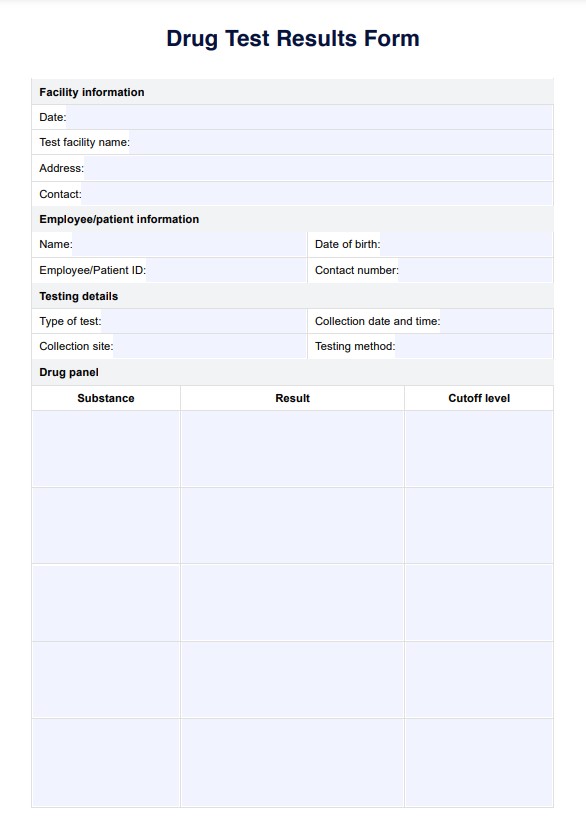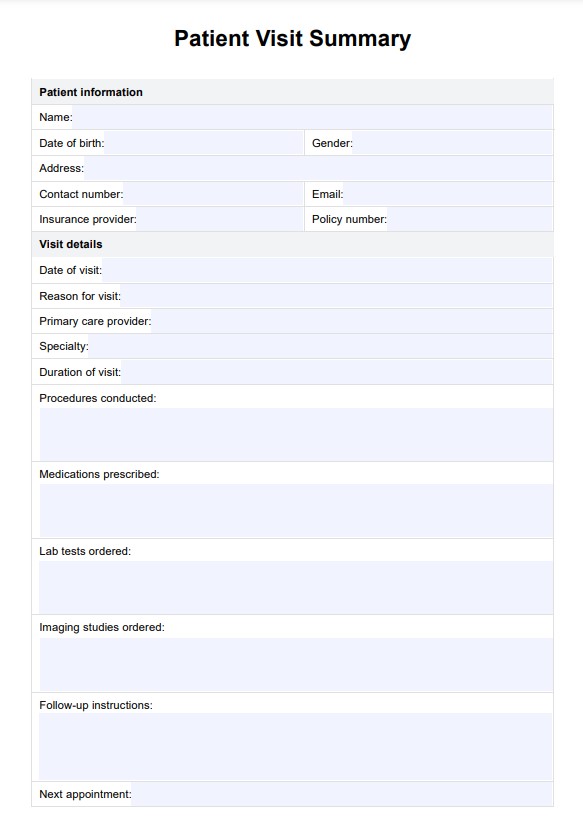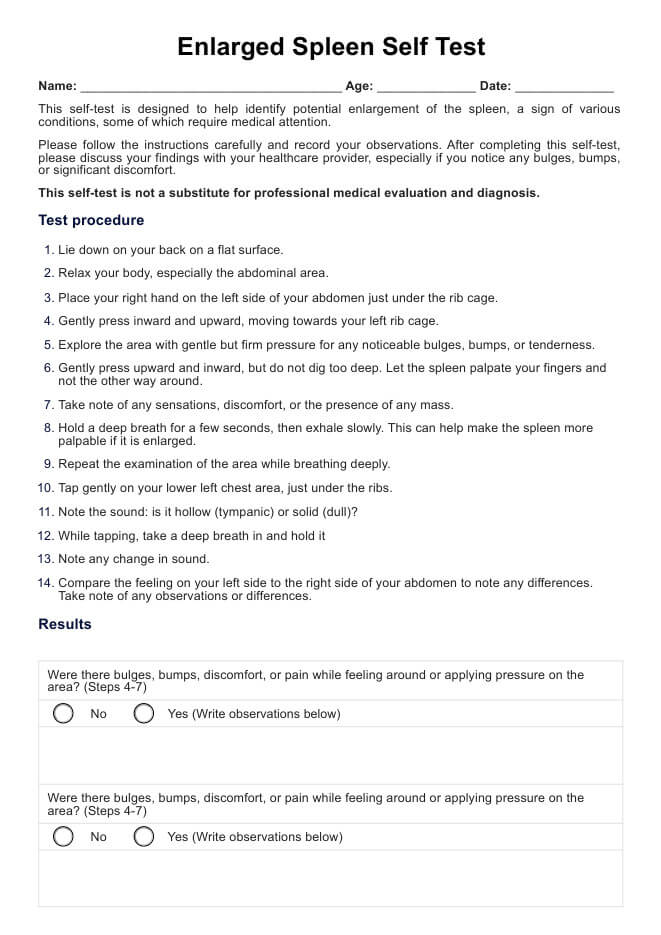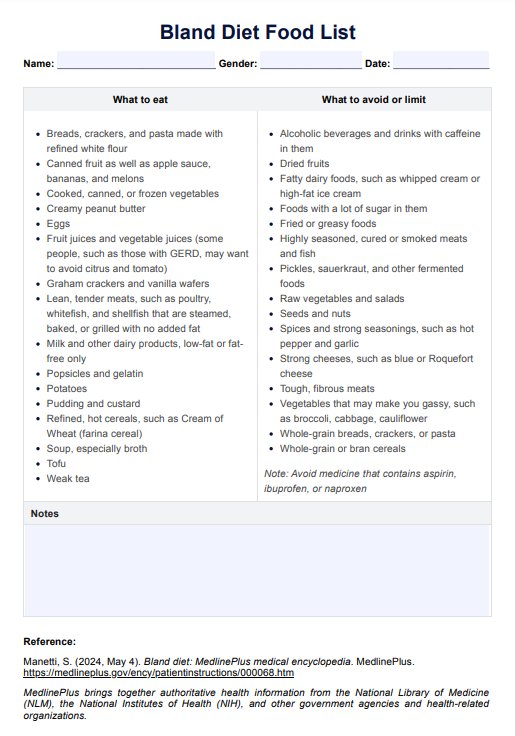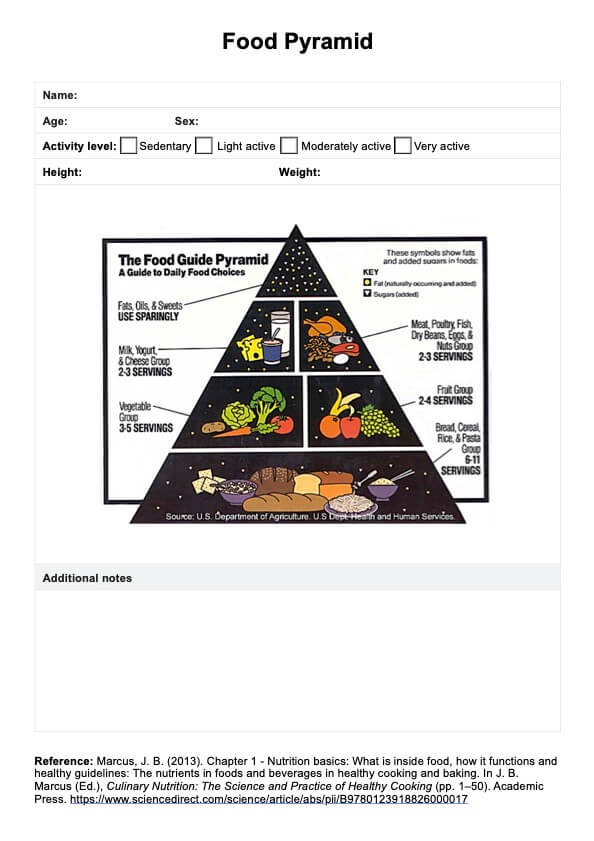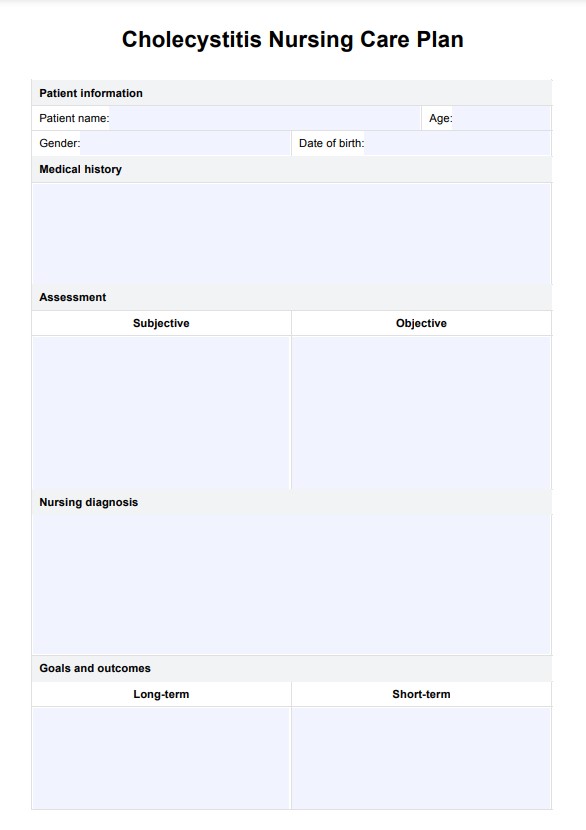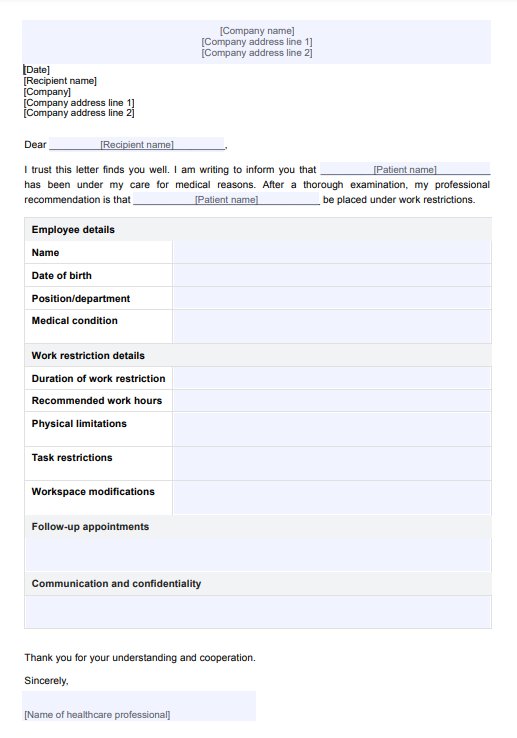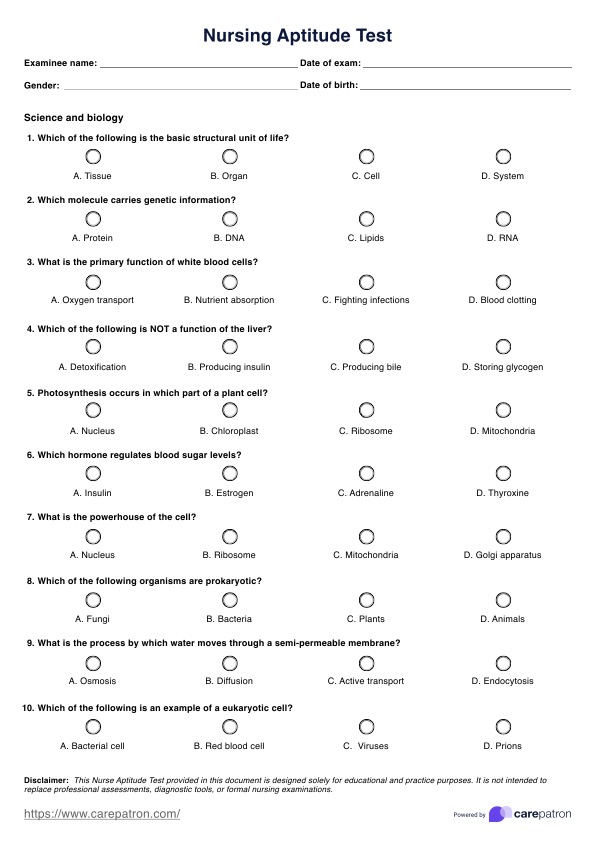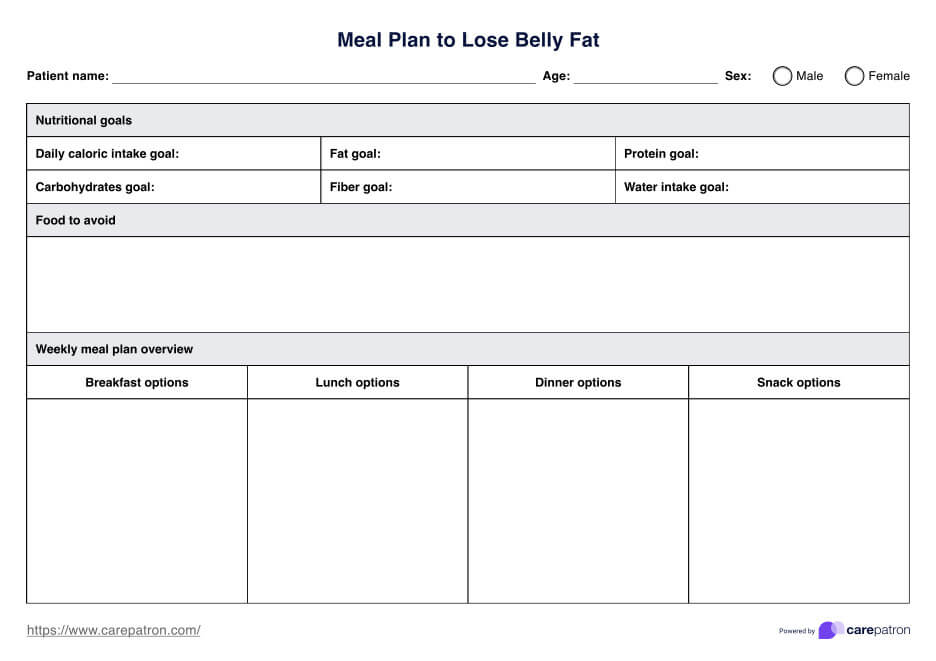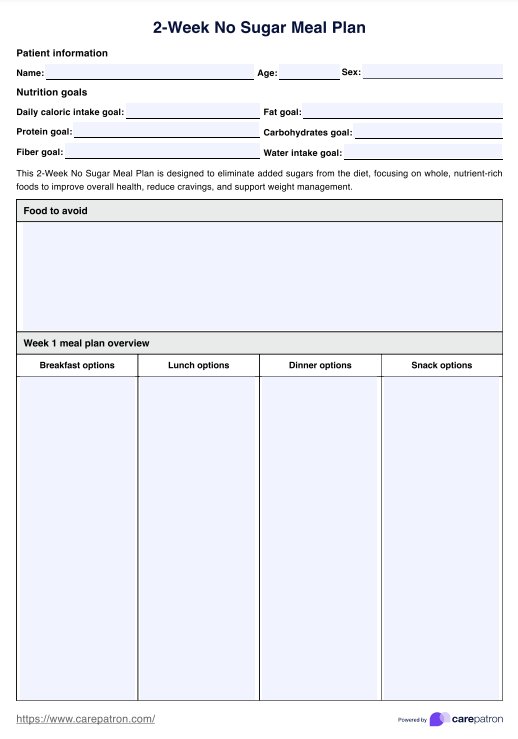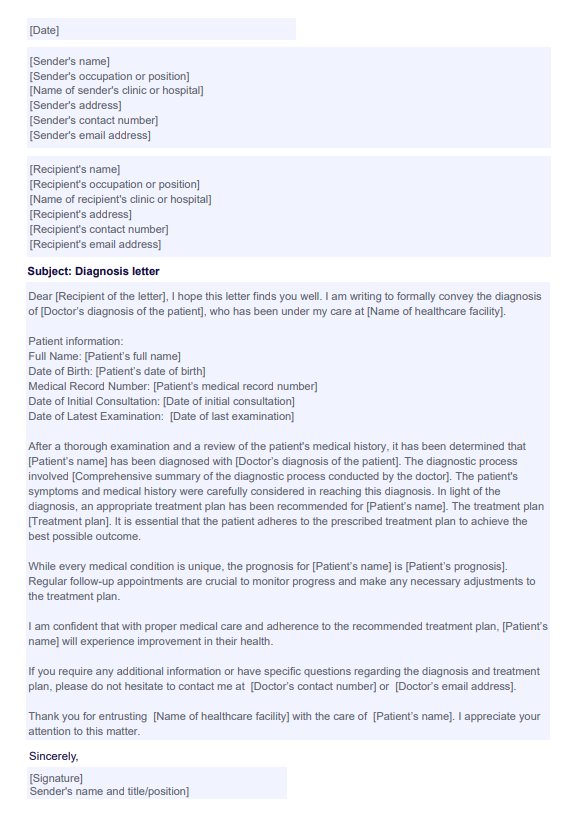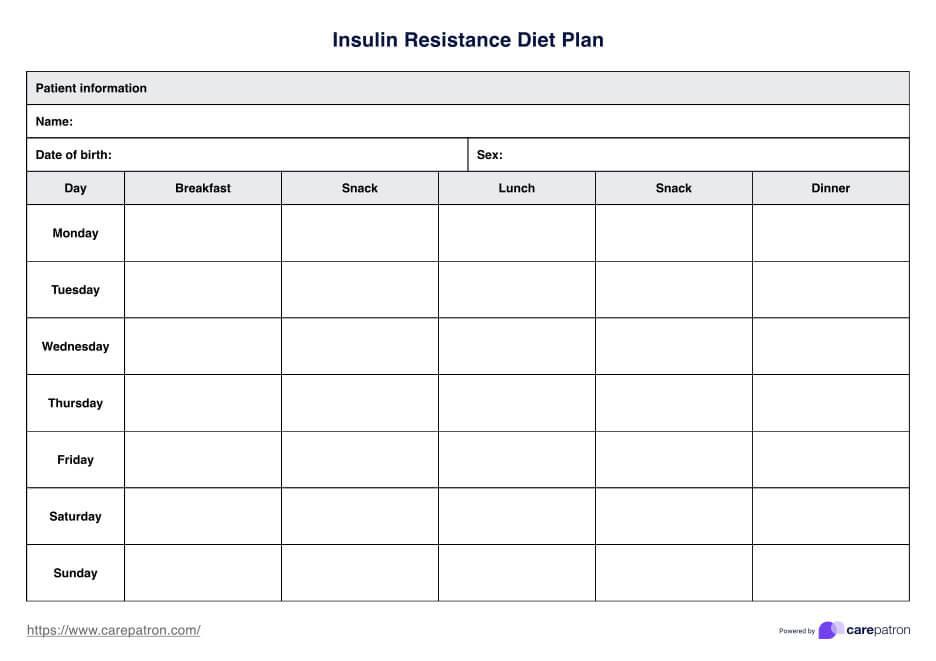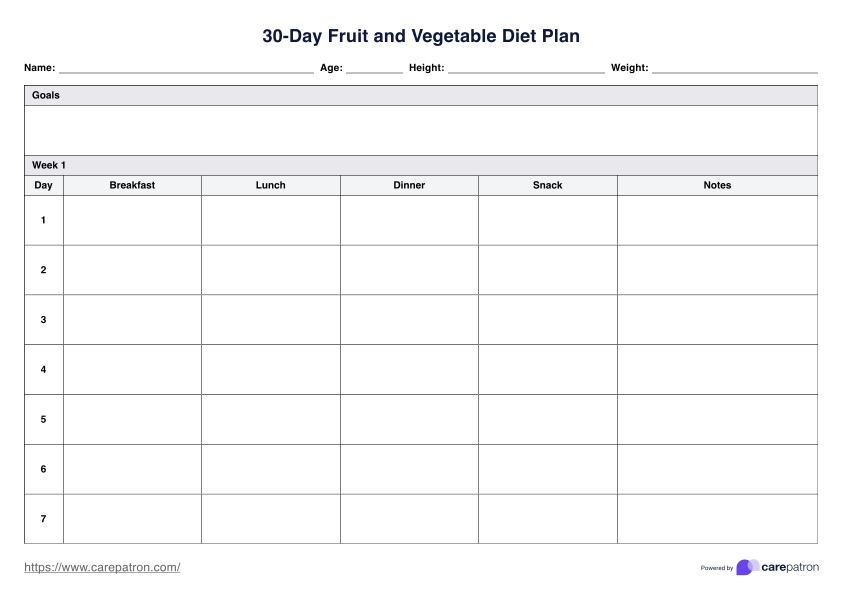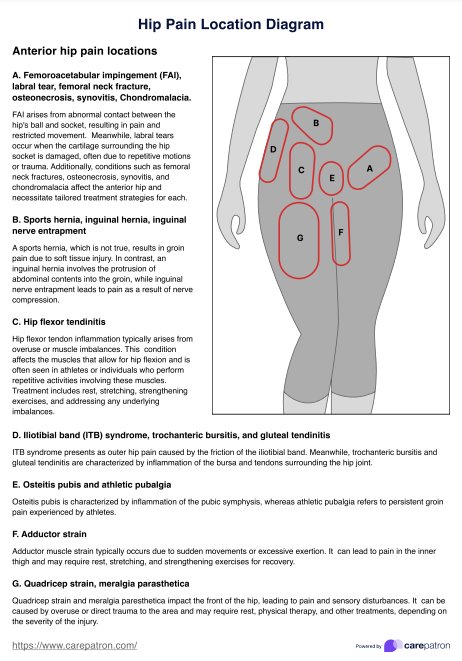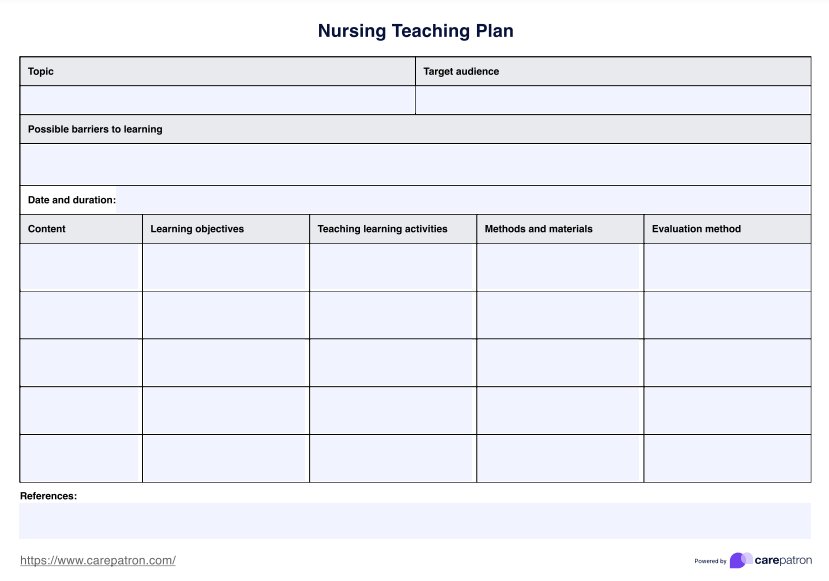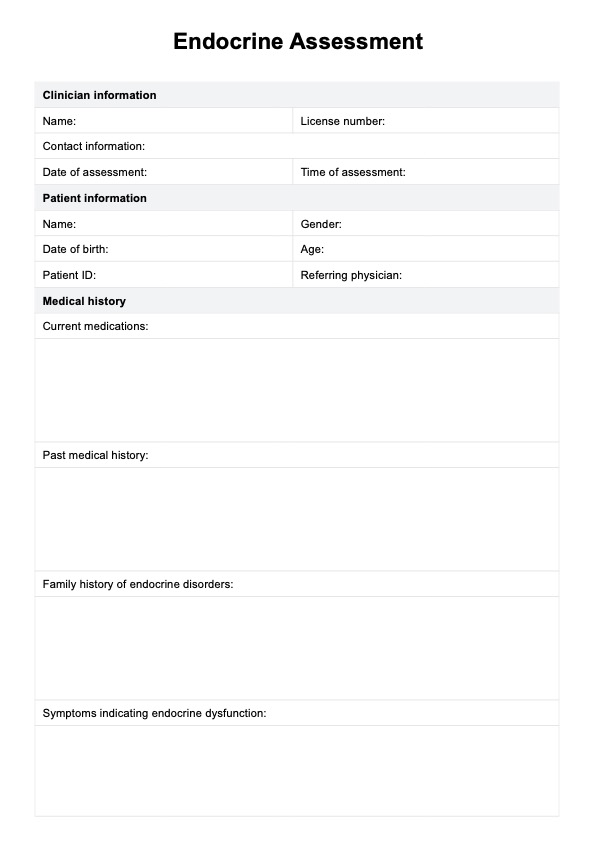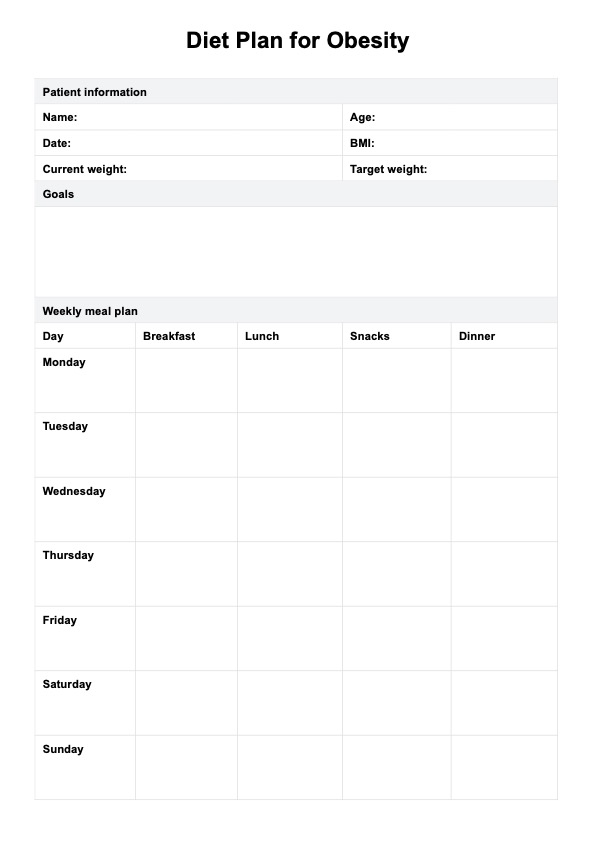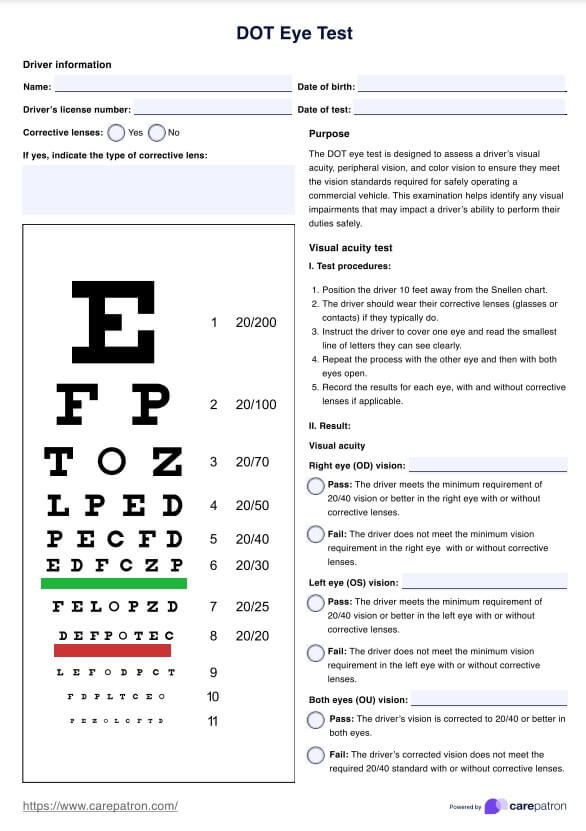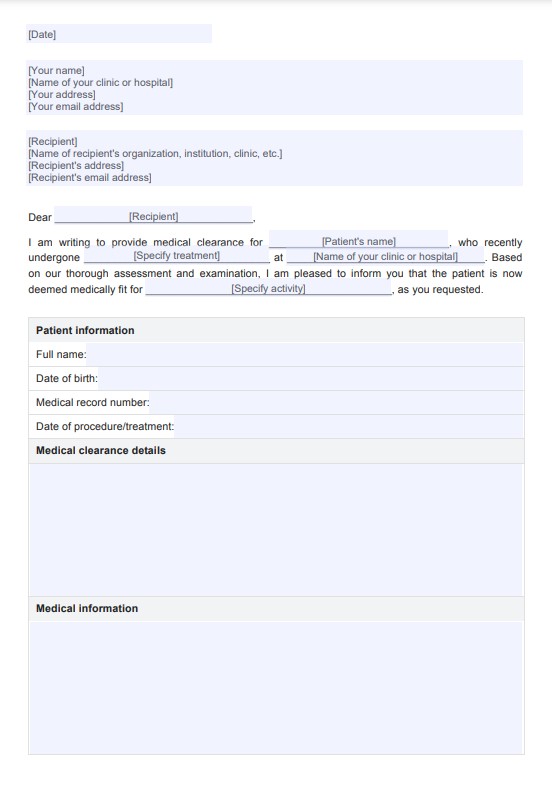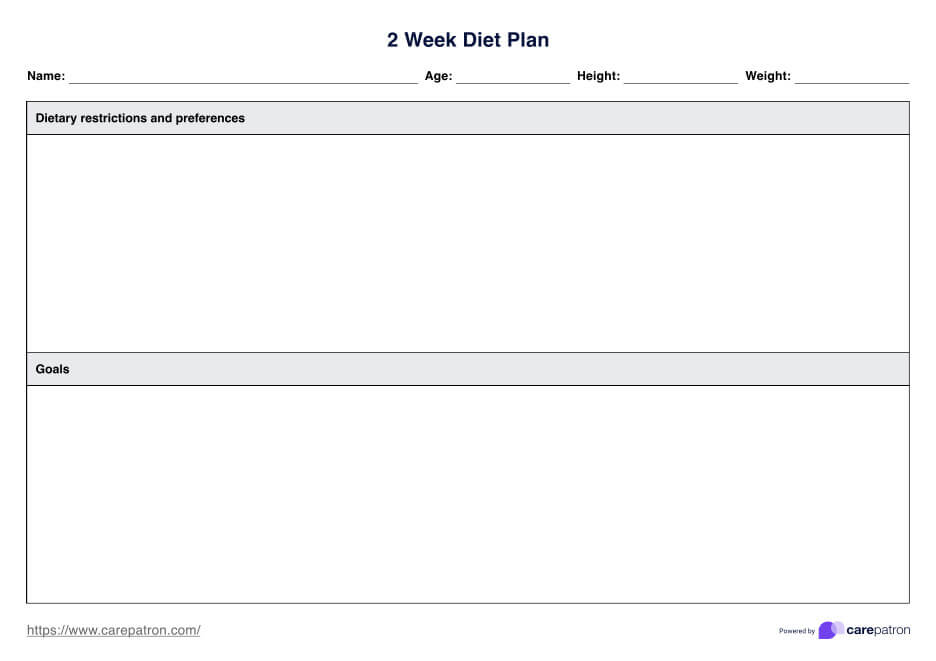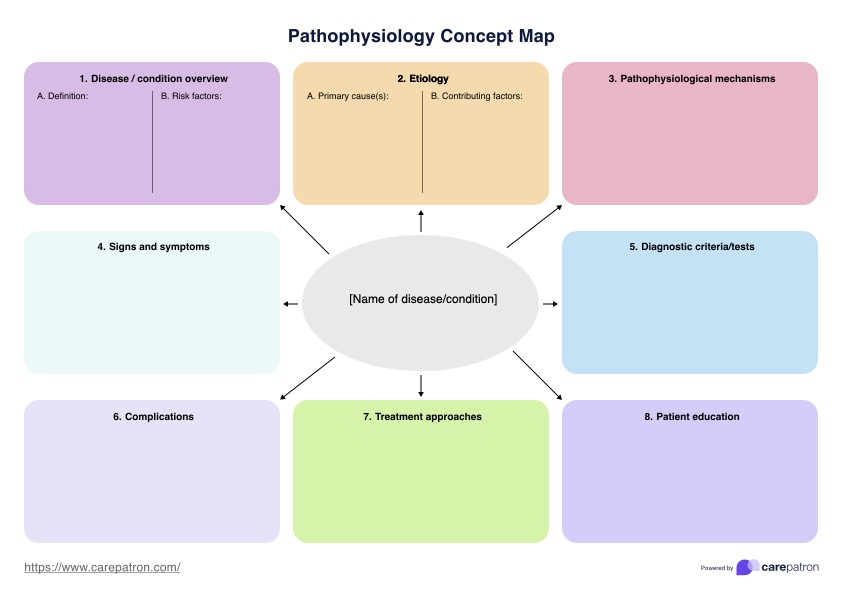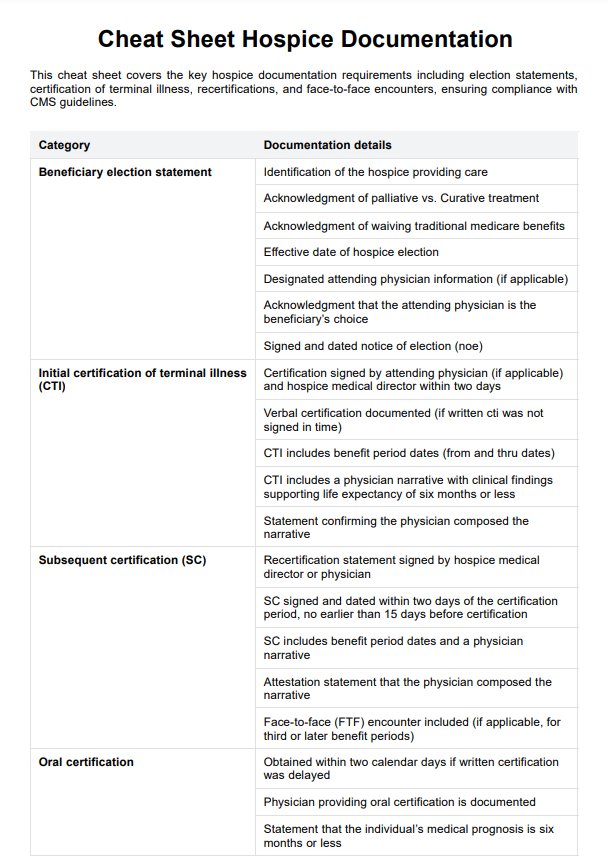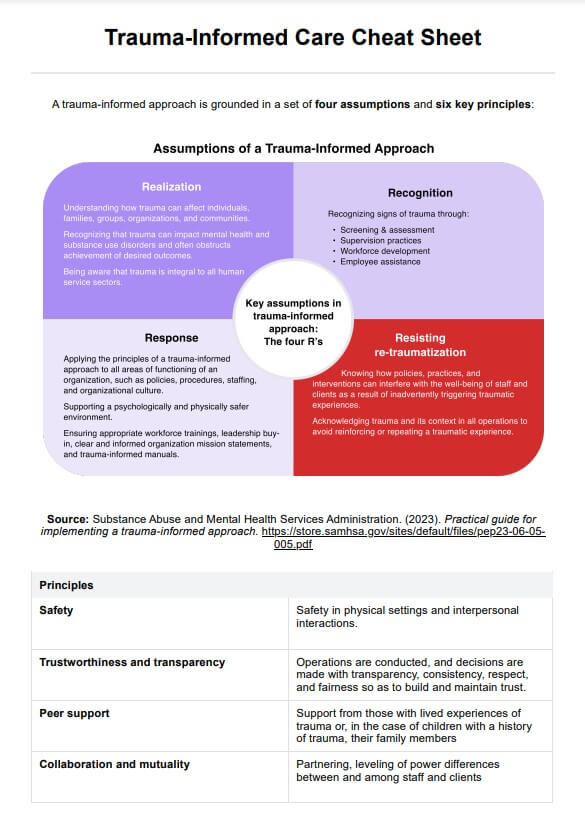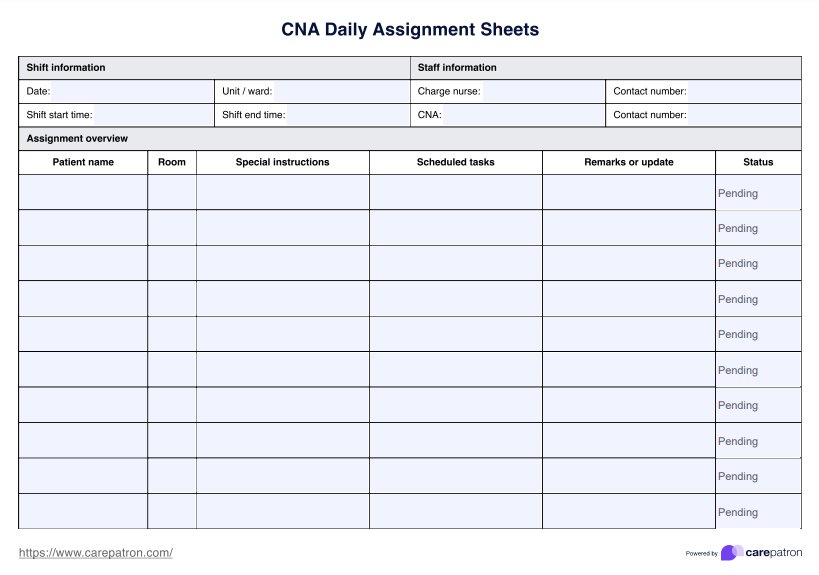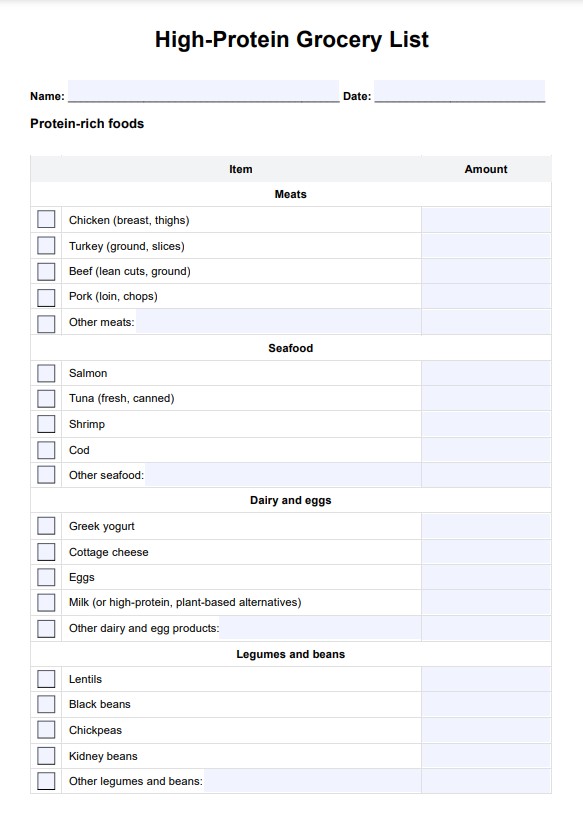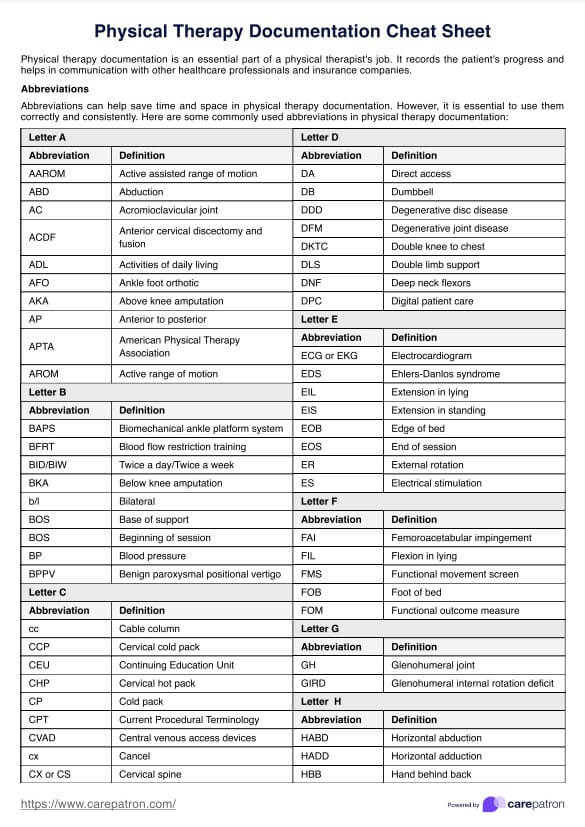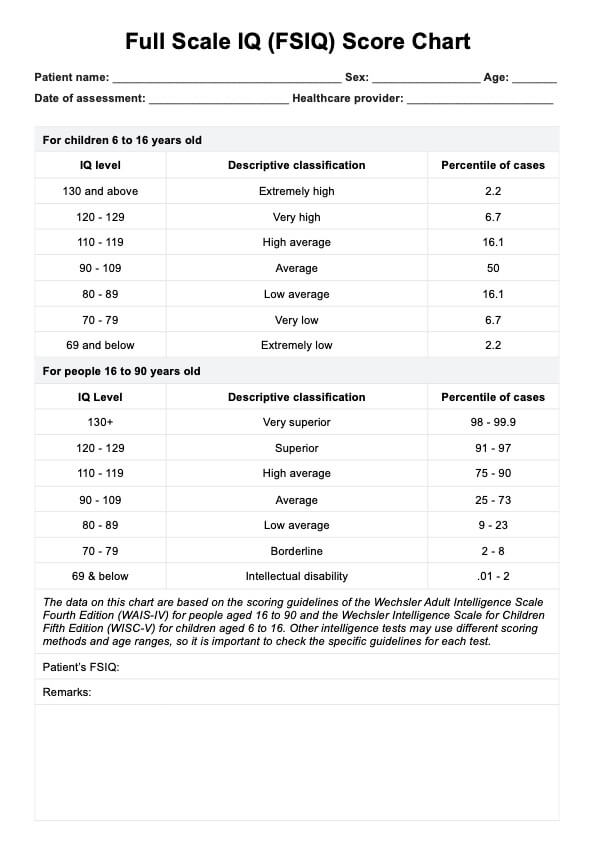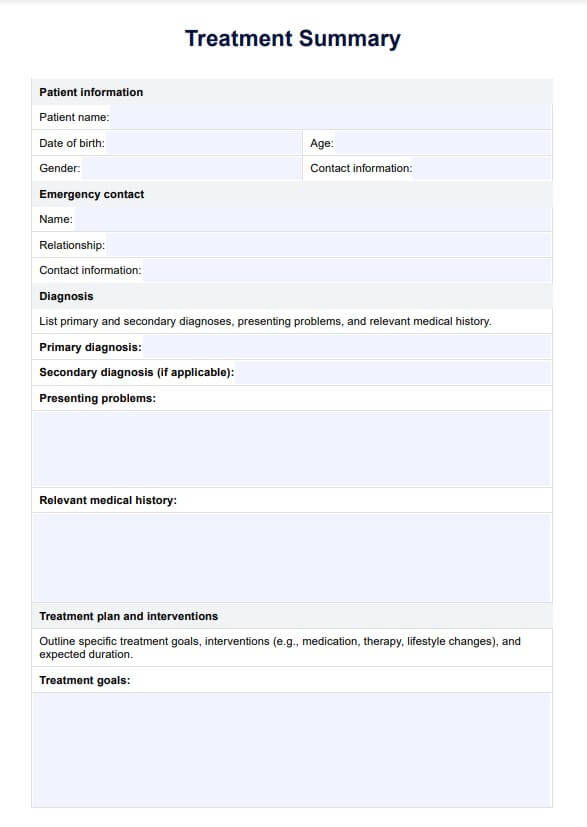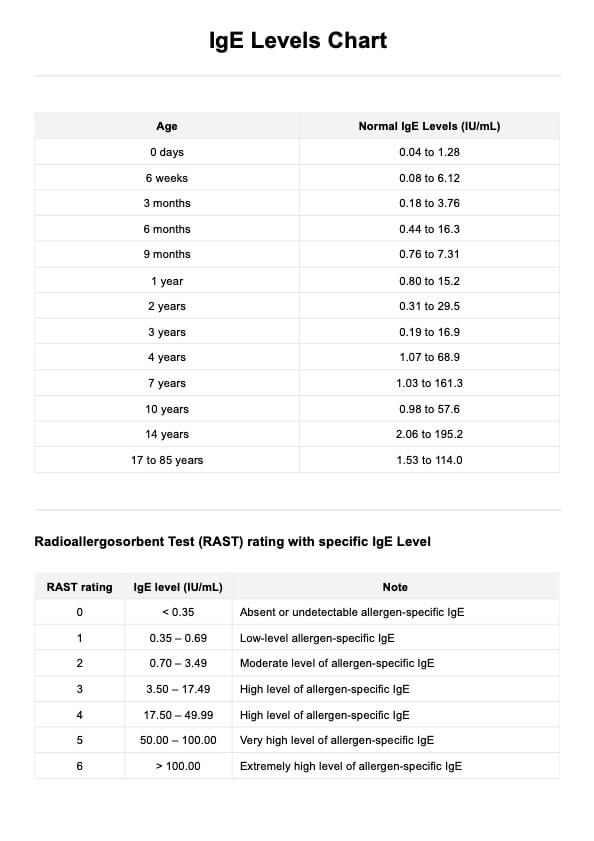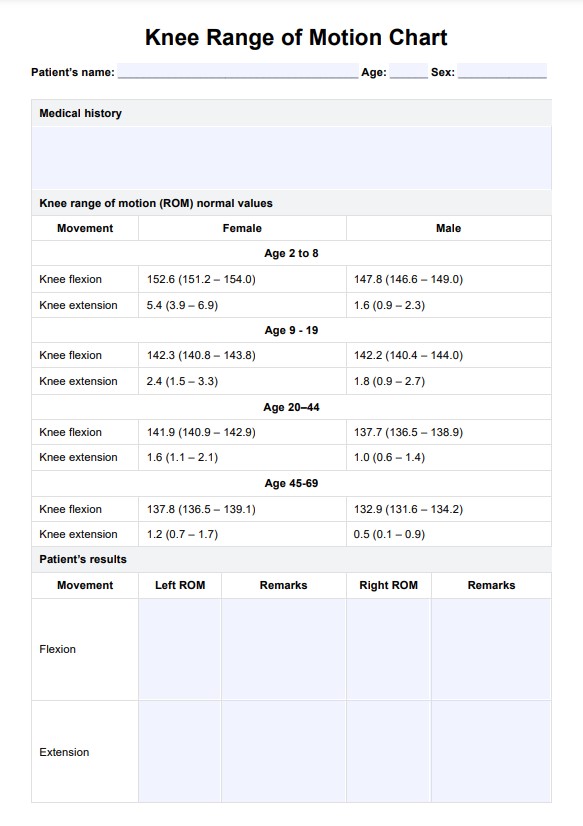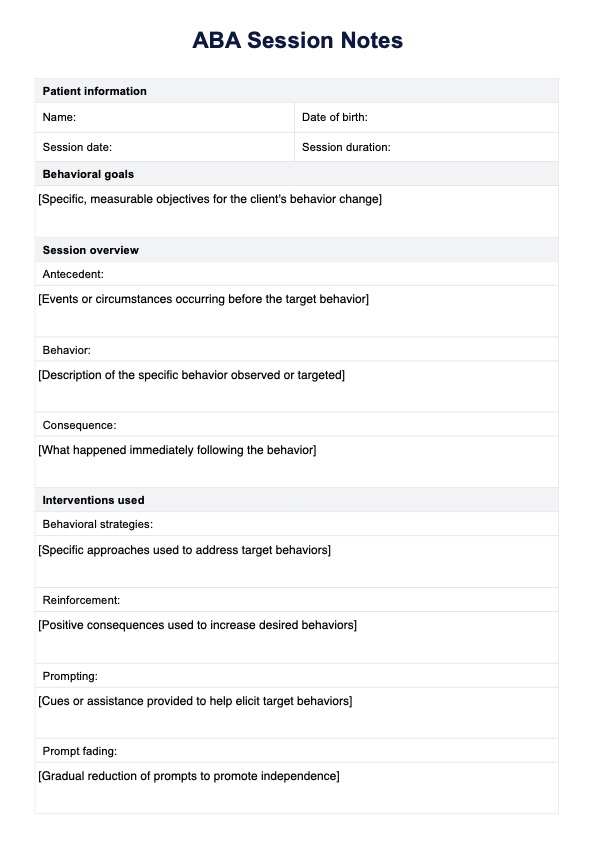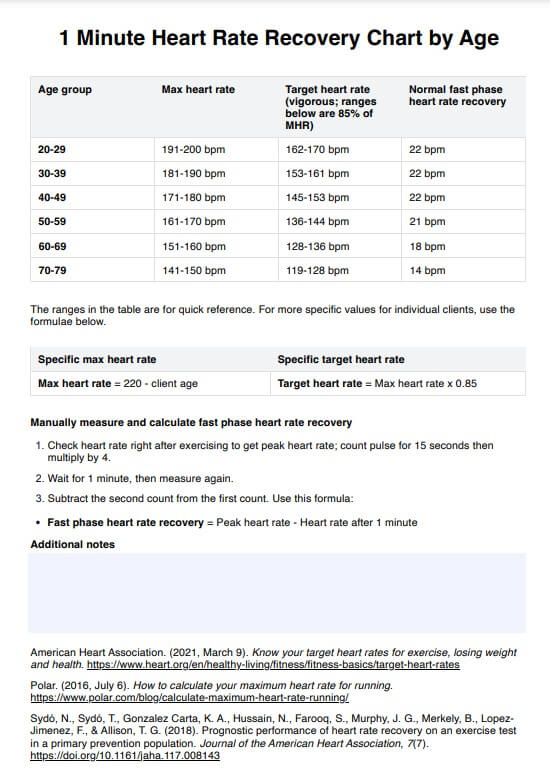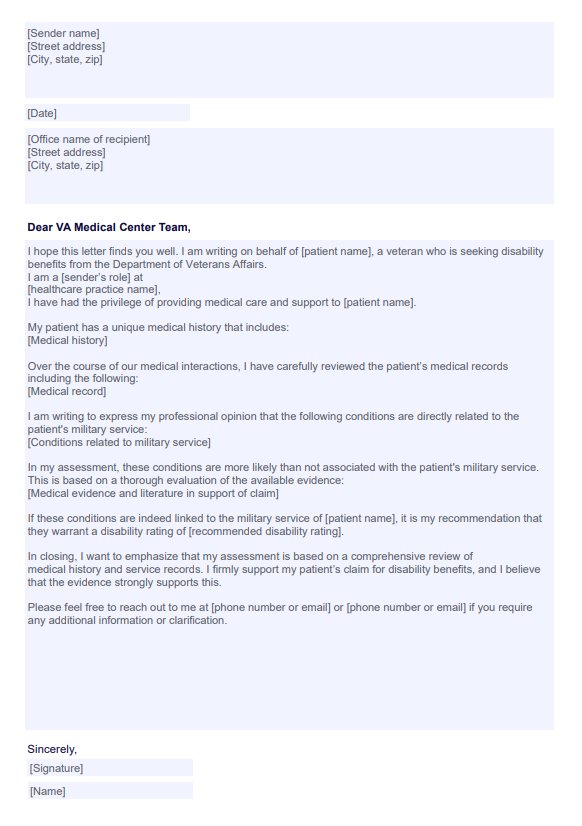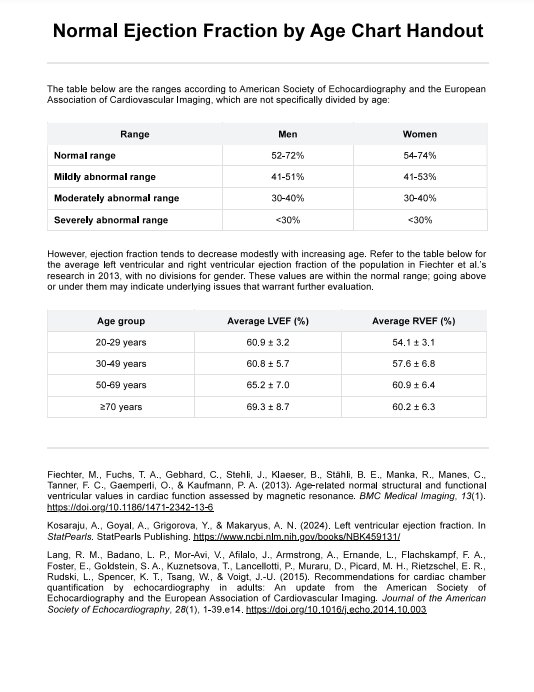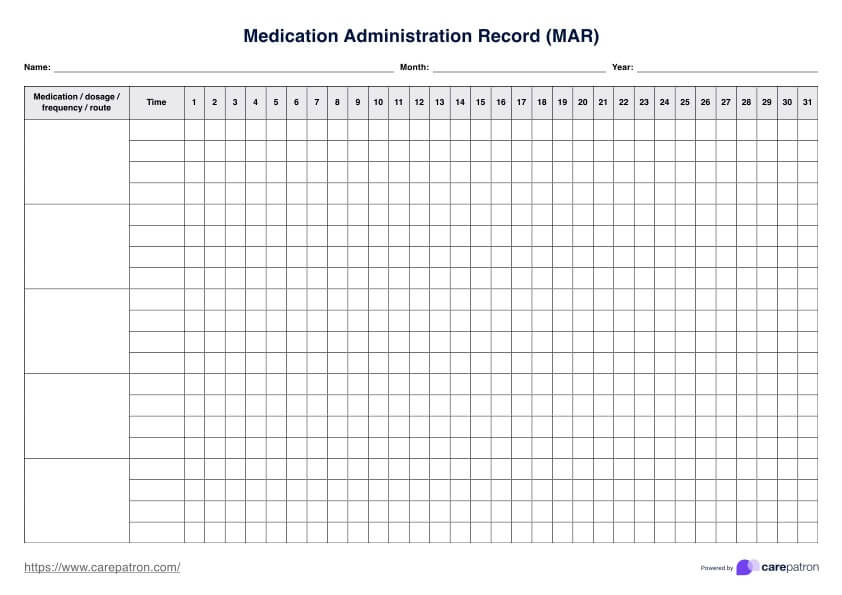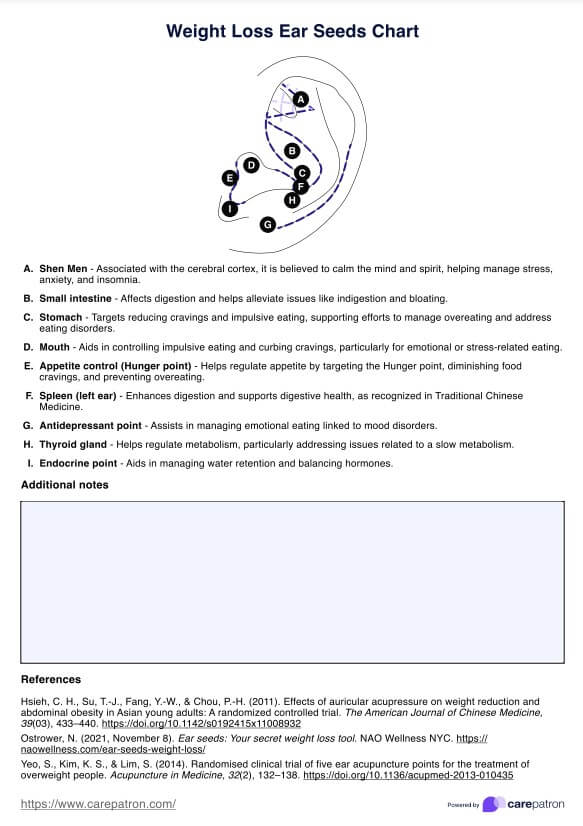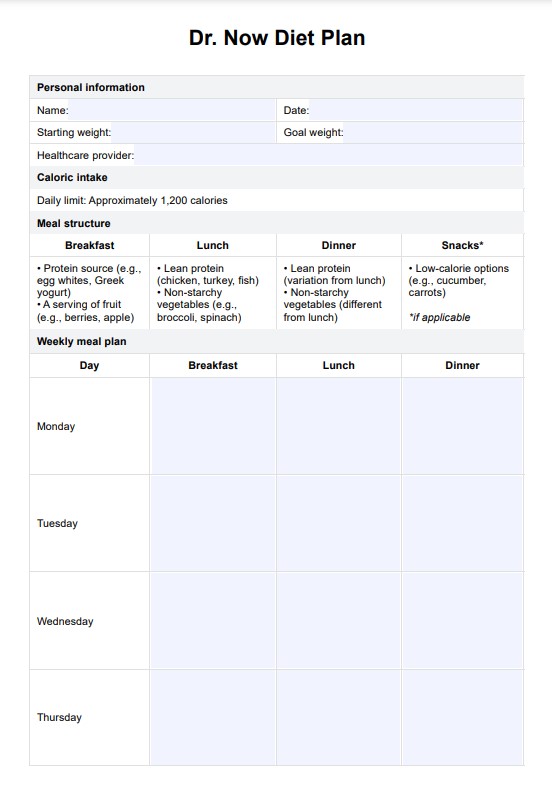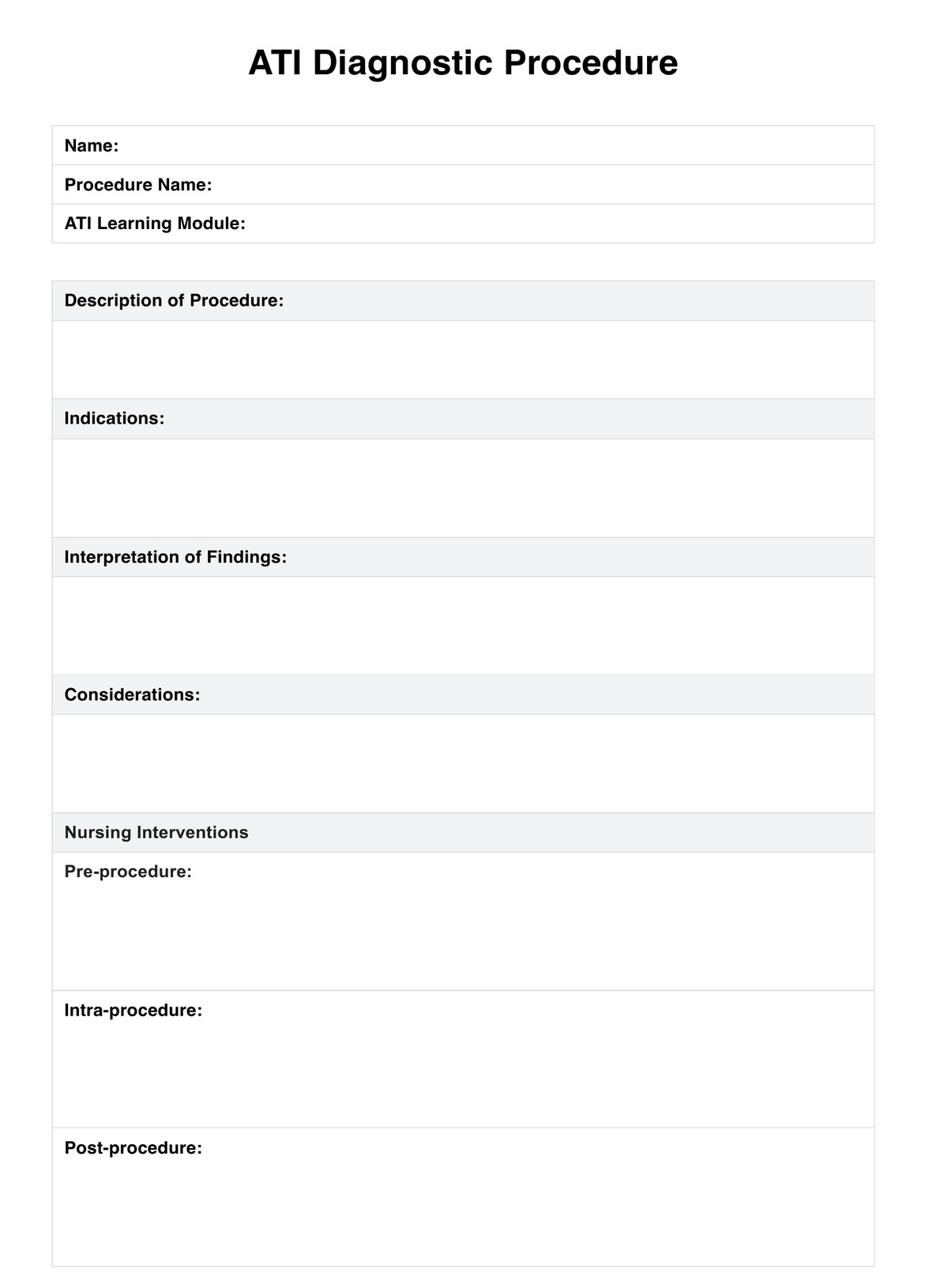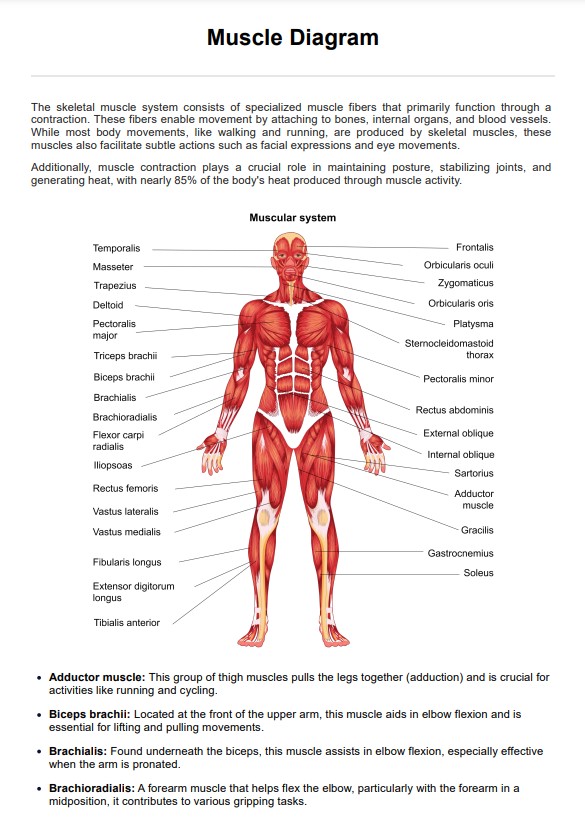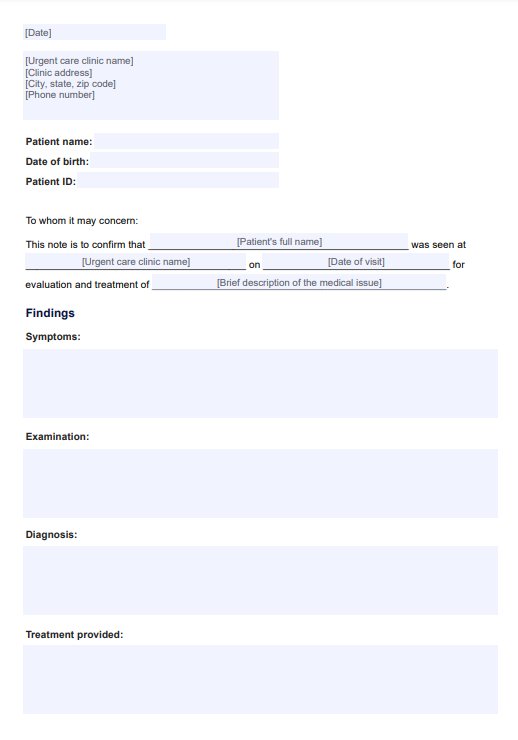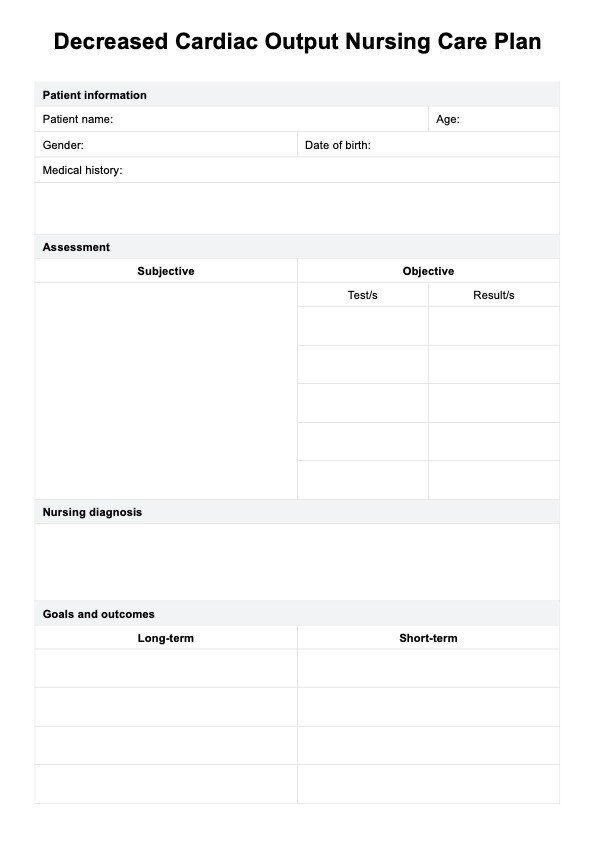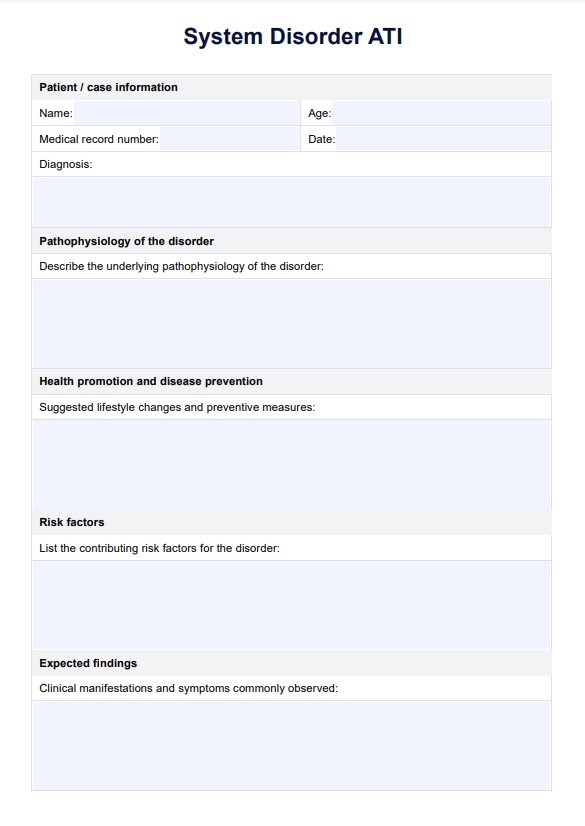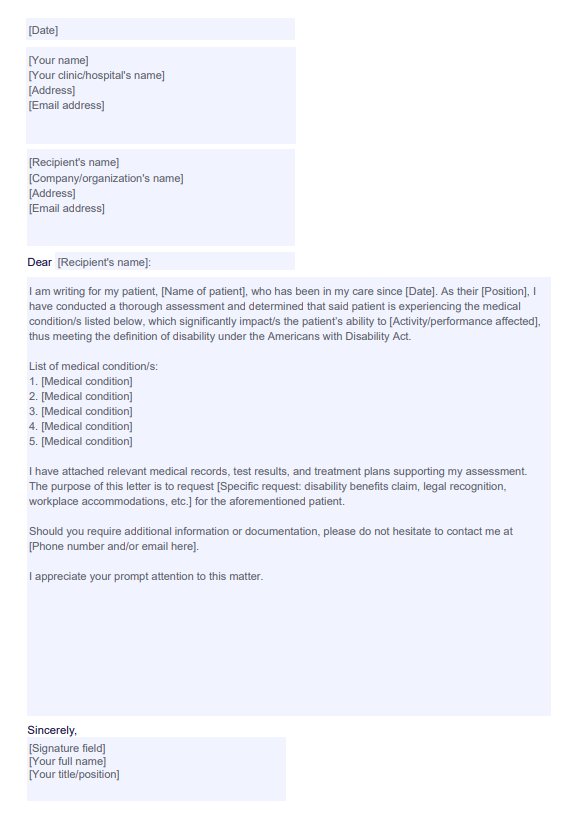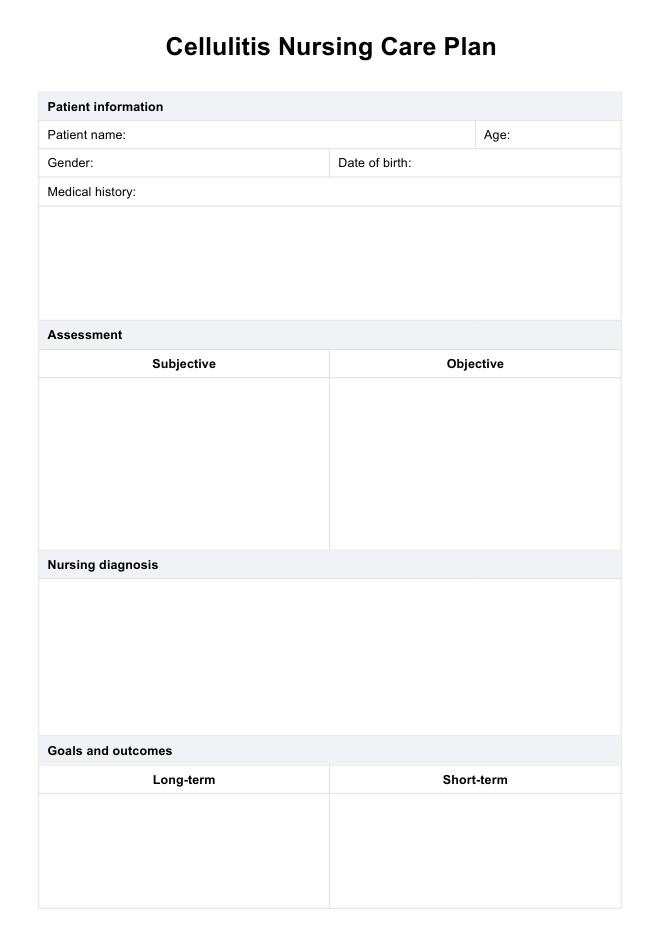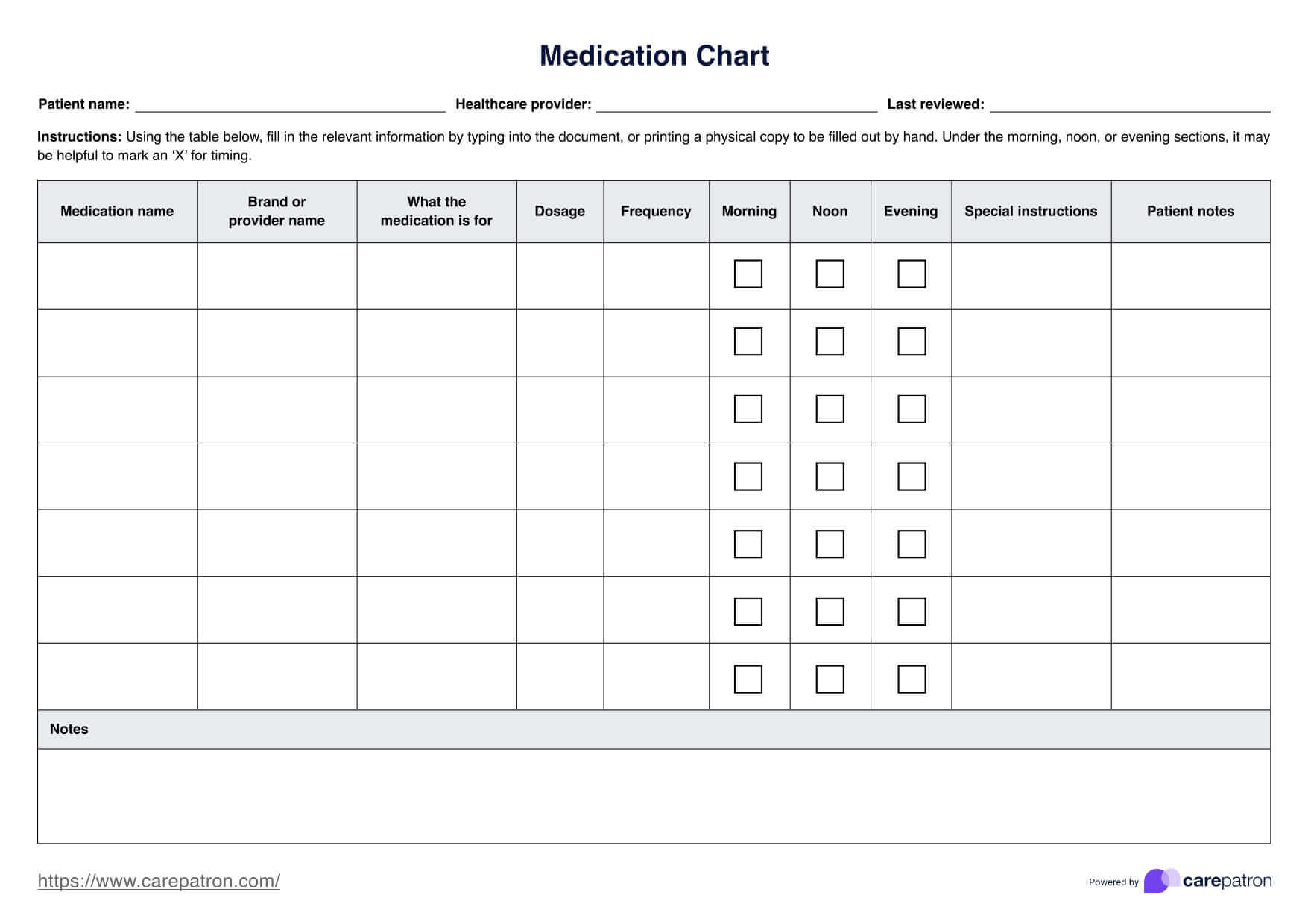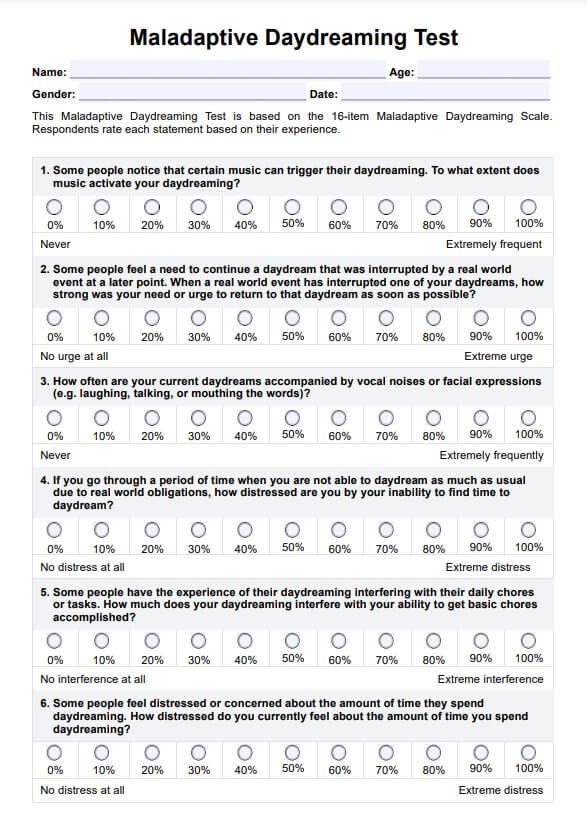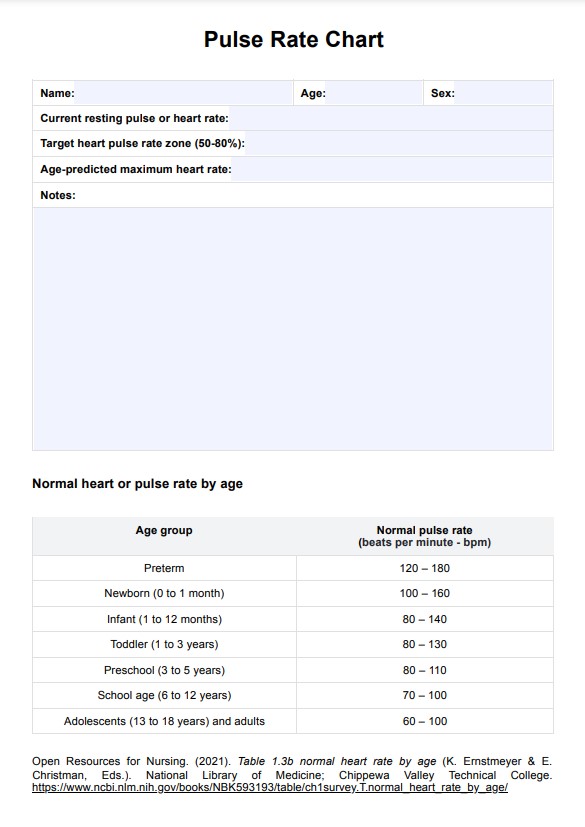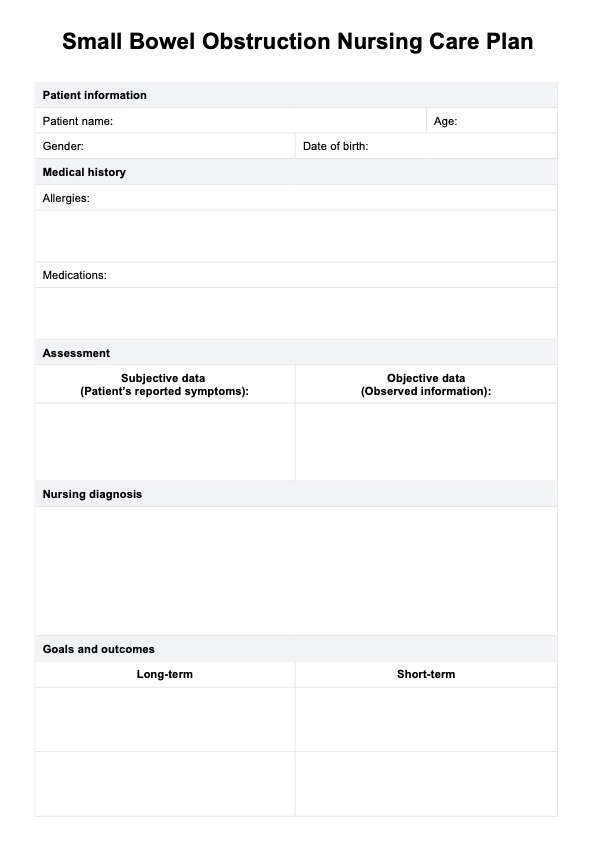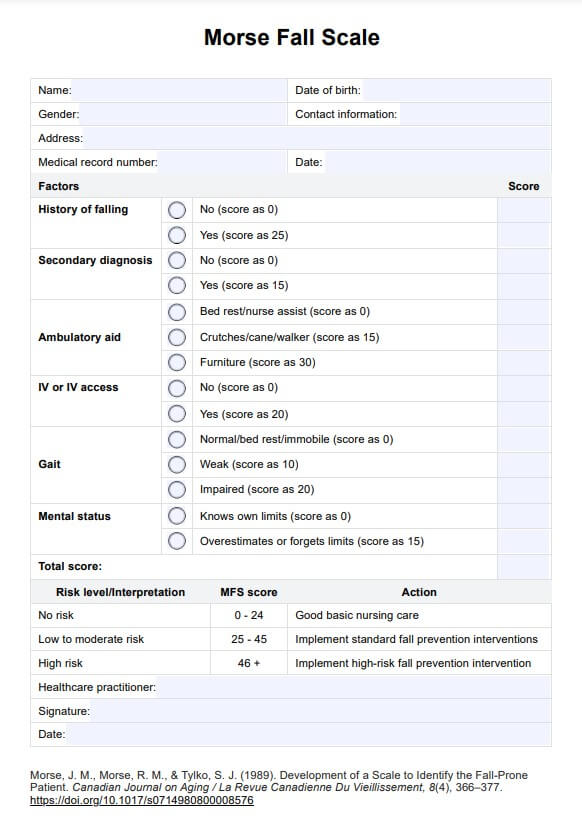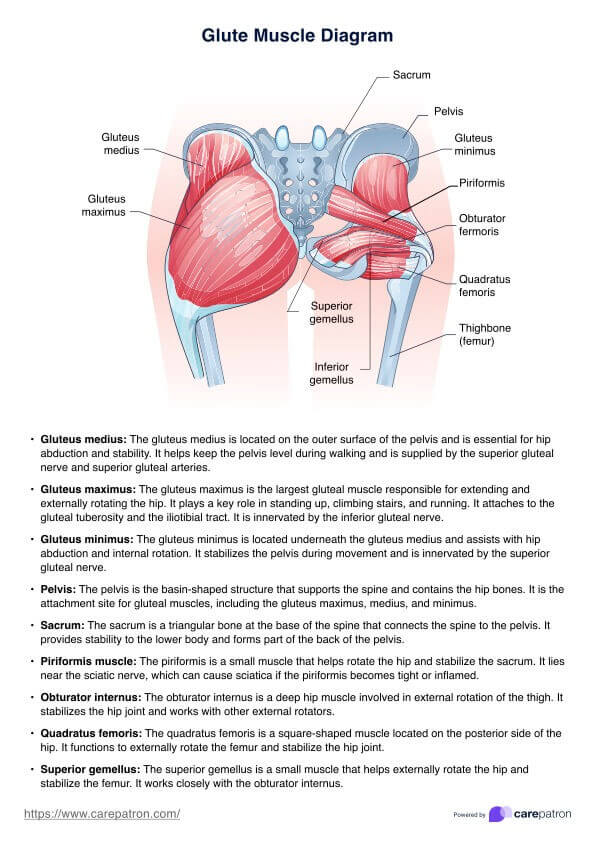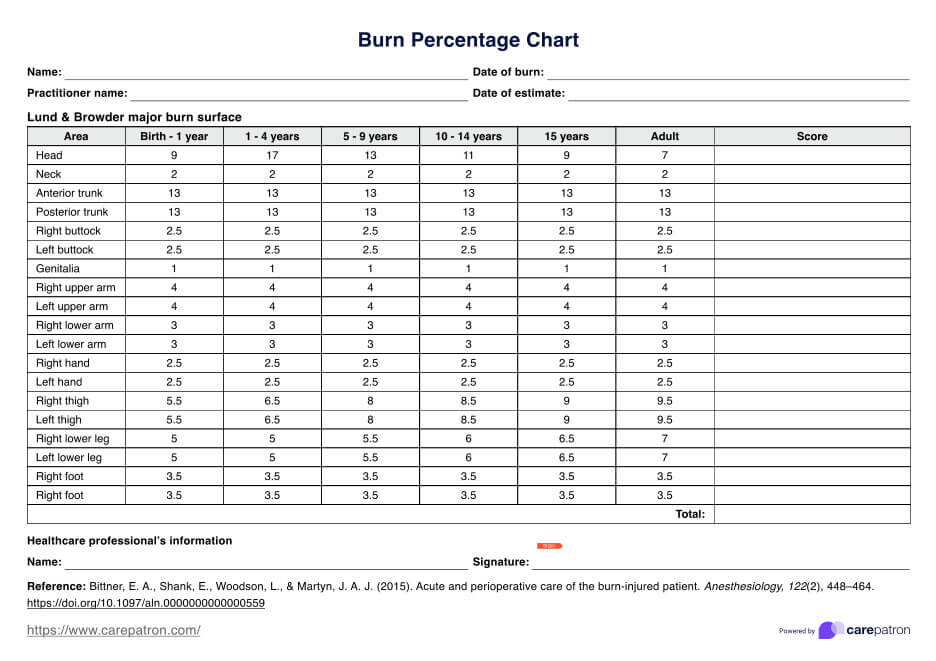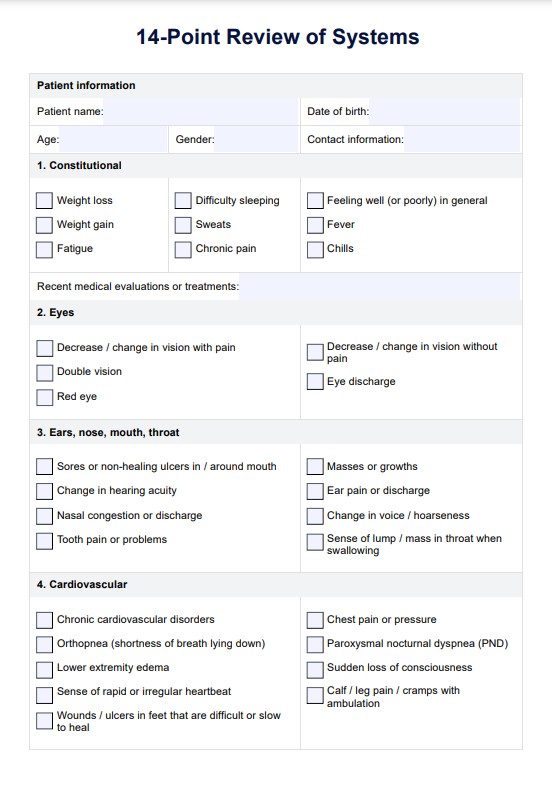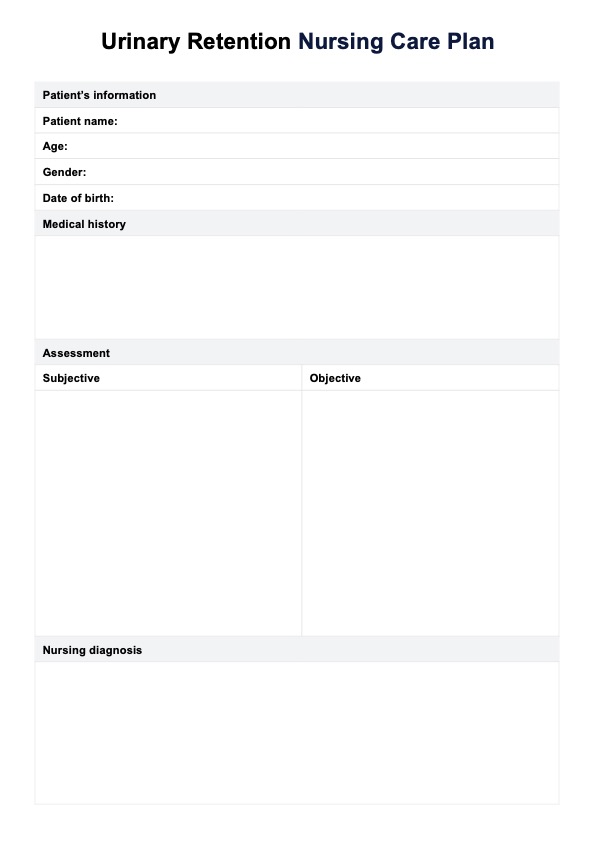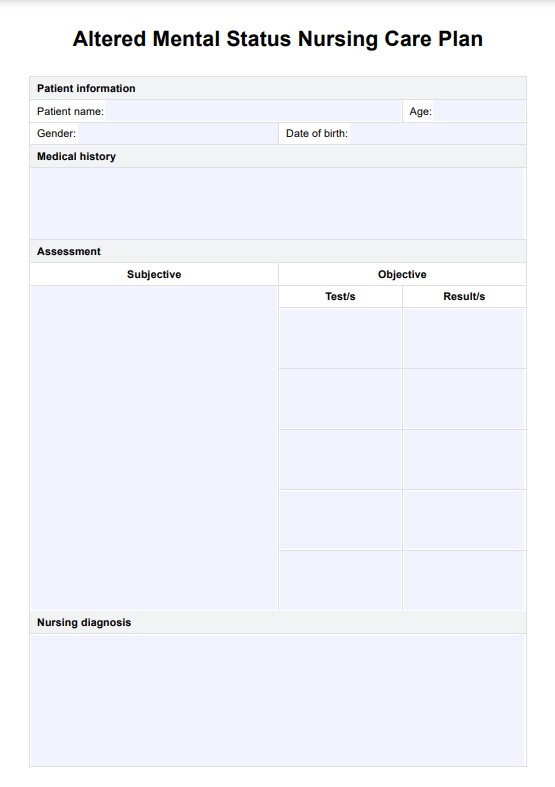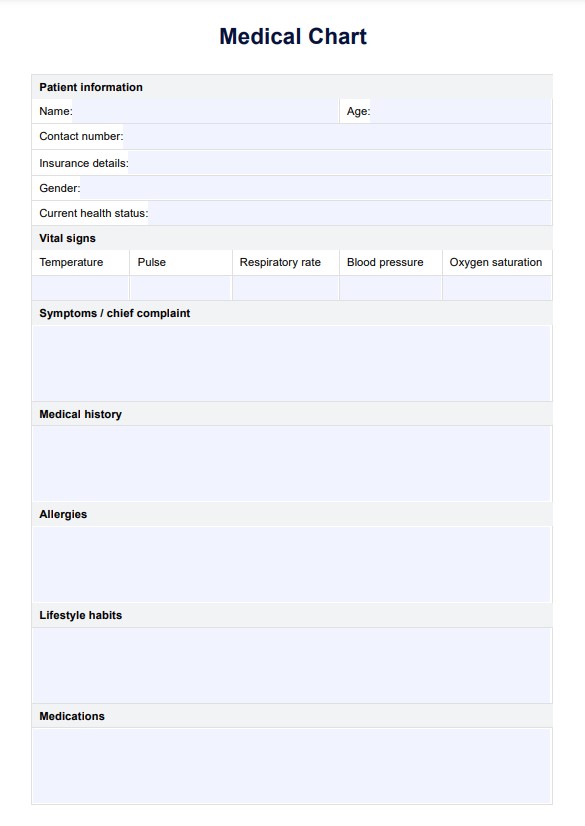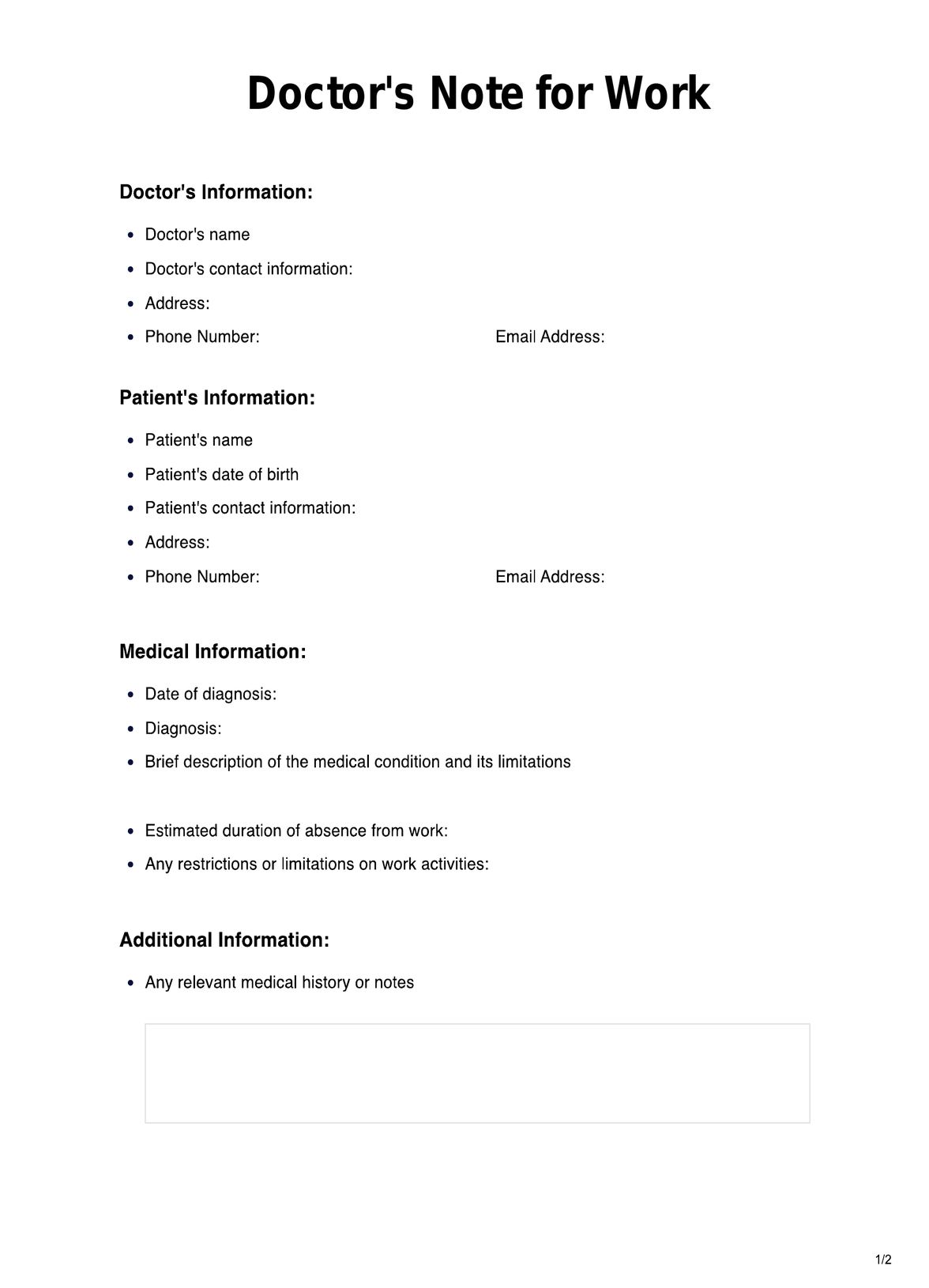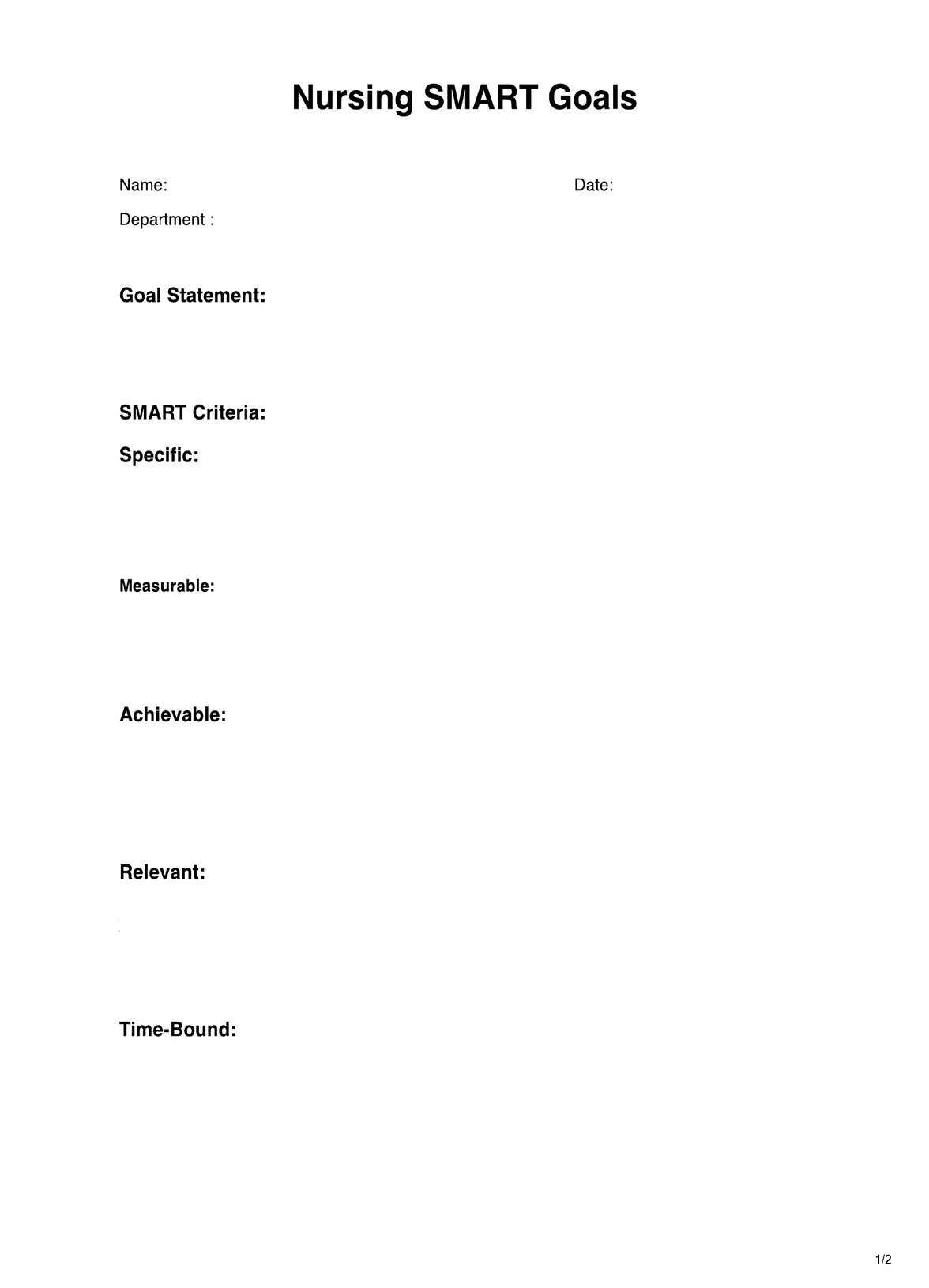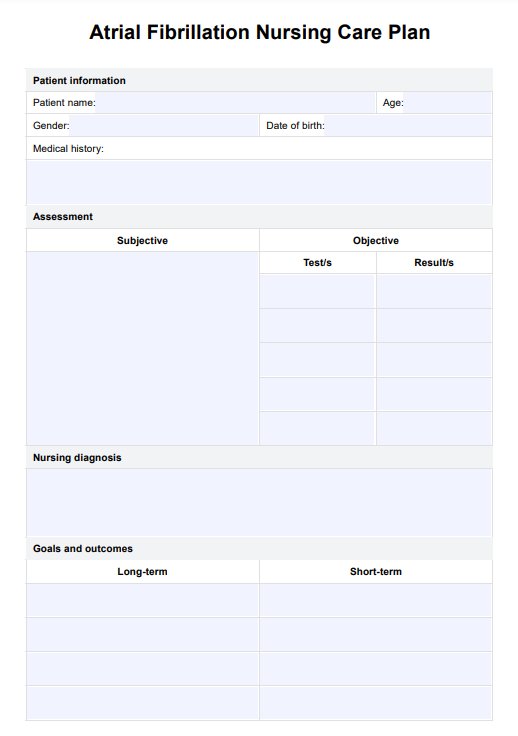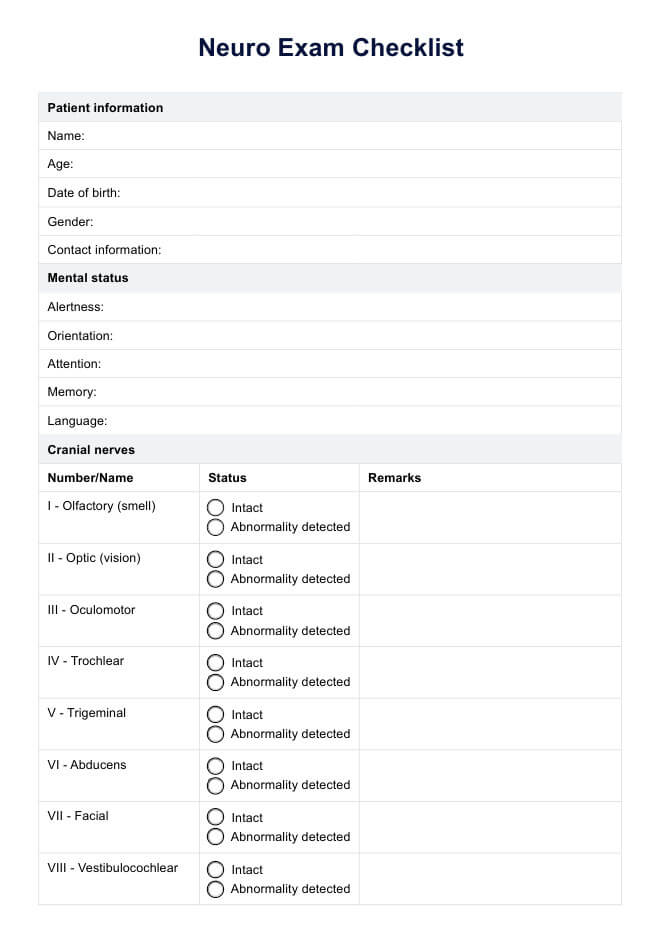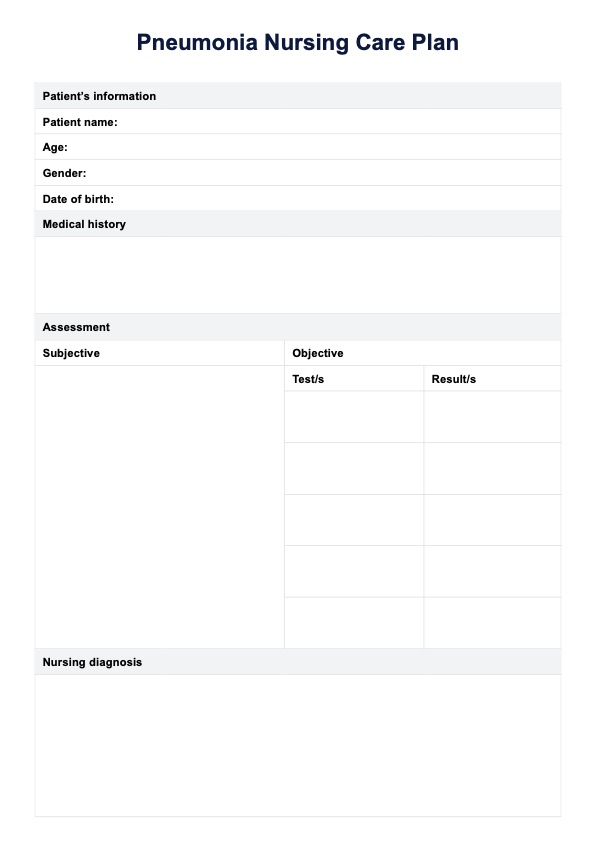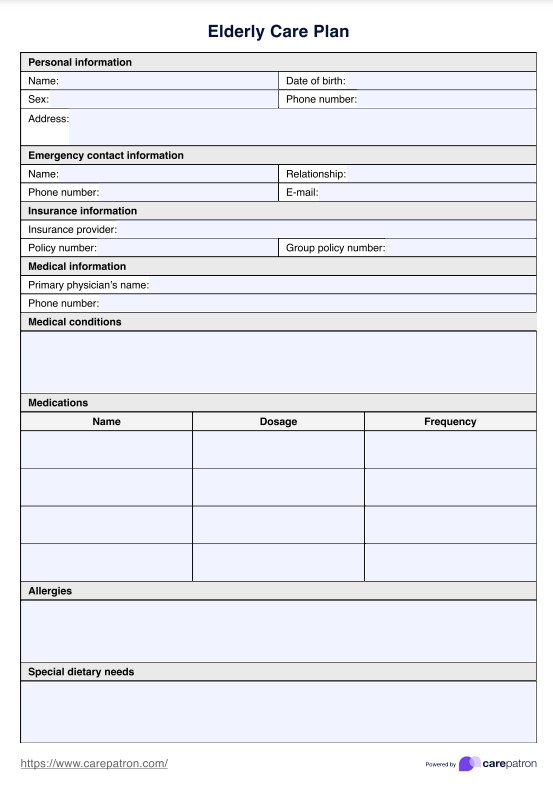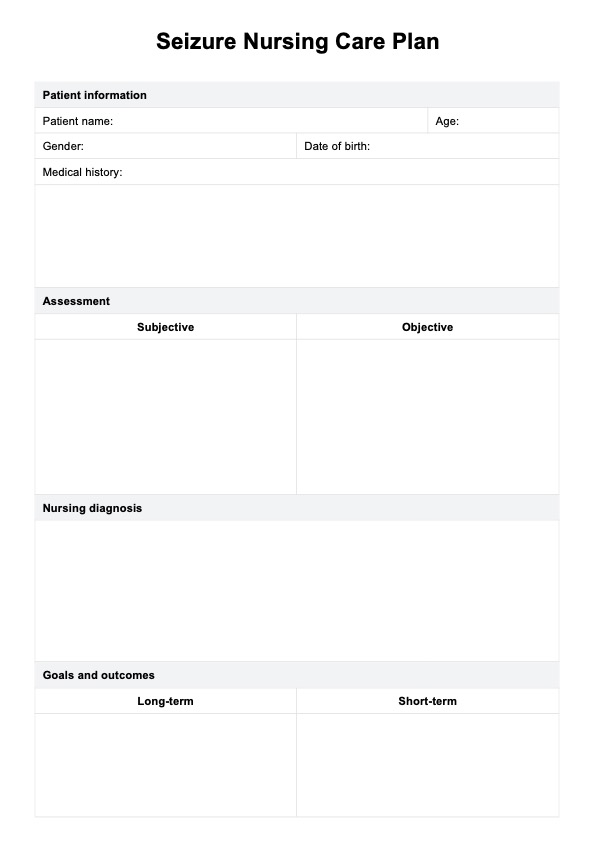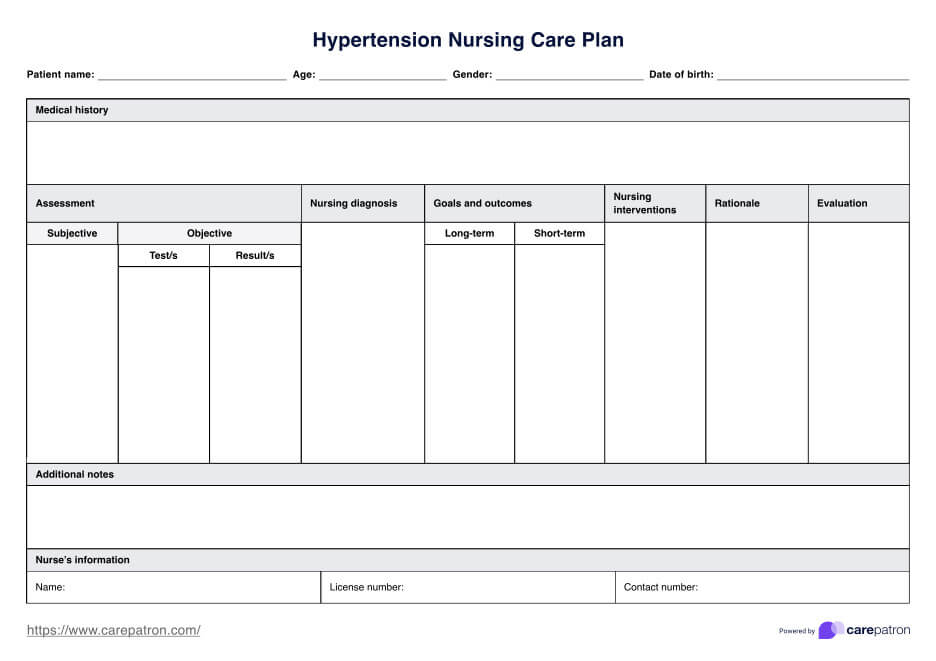VR-12
Access a free VR-12 PDF template. Learn how to use the VR-12 for assessing quality of life. Download now!


What is the Veterans Rand 12-Item Health Survey (VR-12)?
The Veterans RAND 12-Item Health Survey (VR-12) is a concise, self-administered tool to assess health-related quality of life (HRQoL) across diverse populations. Developed as a streamlined alternative to the Veterans RAND 36-Item Health Survey (VR-36), the VR-12 evaluates both physical and mental health through eight key domains: general health perceptions, physical functioning, role limitations due to physical and emotional problems, bodily pain, energy-fatigue, social functioning, and mental health (Spiro et al., 2004). Responses are summarized into two composite measures: the physical component summary (PCS) and the mental component summary (MCS), offering a robust snapshot of a respondent's overall health status.
Initially tailored for veteran populations, the VR-12 has proven versatile, finding applications across various healthcare settings to measure disease burden, evaluate outcomes, and facilitate case-mix adjustments. Its brevity and reliability make it a valuable tool for monitoring health trends and informing clinical and policy decisions.
VR-12 Template
VR-12 Example
How to use our VR-12 template
The VR-12 is a valuable tool for assessing health-related quality of life, focusing on physical and mental health. Follow this step-by-step guide to effectively use the VR-12 template:
Step 1: Access and download the VR-12 template
You can access the VR-12 template directly from this guide. Click "Use template" to open it with Carepatron for customization to meet your practice's needs. Alternatively, click "Download" to obtain a fillable PDF version for manual use.
Step 2: Administer the VR-12 questionnaire
Provide the VR-12 questionnaire to participants and offer clear instructions. Explain that the survey contains 12 questions designed to evaluate their health. Emphasize that responses should reflect their current health status and experiences over the past four weeks. Encourage participants to answer all questions honestly and to the best of their ability.
Step 3: Collect responses to all items
Review their responses once participants complete the survey to ensure that all 12 questions have been answered. Check for accuracy and completeness before proceeding to the scoring process.
Step 5: Score the VR-12
Use the scoring guide or an online VR-12 score calculator to calculate the physical component summary and mental component summary scores.
Step 6: Analyze and interpret results
Review the calculated PCS and MCS scores to evaluate the participant's physical and mental health. Higher PCS scores indicate better physical health, while higher MCS scores reflect better mental health. Consider any relevant contextual factors, such as demographic or clinical information, to provide a well-rounded interpretation of the results
Step 7: Store completed forms securely
To ensure confidentiality, all completed VR-12 forms must be securely stored. For digital forms, save them in an encrypted and password-protected system. For physical forms, place them in a locked, restricted-access location.
Benefits of Using the VR-12
The Veterans RAND 12-Item Health Survey offers several advantages for evaluating health-related quality of life in clinical and research settings.
Efficiency and simplicity
The VR-12 is a streamlined version of the VR-36, retaining the most relevant items while reducing respondent burden. With only 12 questions, it is quick to complete, making it ideal for use in large-scale surveys, routine clinical practice, or studies requiring frequent data collection.
Comprehensive health assessment
Despite its brevity, the VR-12 provides a robust measure of both physical and mental health through the PCS and MCS scores. These summaries capture a broad spectrum of HRQoL, including general health perceptions, physical functioning, emotional well-being, energy levels, pain, and social functioning.
Applicability across populations
The VR-12 is tailored for use among veterans but has broad applicability in various populations. It is frequently used to compare health outcomes across groups, assess disease burden, and evaluate healthcare interventions, making it a versatile tool in diverse settings.
Support for healthcare decision-making
By capturing essential physical and mental health metrics, the VR-12 enables healthcare providers to identify areas of concern, monitor changes over time, and assess the effectiveness of treatments or interventions.
Ease of administration and scoring
The survey can be completed in various formats, including paper-based, electronic, or interview-administered. Its straightforward scoring system ensures that results are accessible to both clinicians and researchers.
Reference
Spiro, A., Rogers, W., Qian, S., & Kazis, L. (2004). Imputing physical and mental summary scores (PCS and MCS) for the Veterans SF-12 Health Survey in the context of missing data. Report reviewed and approved by CMS. Baltimore, MD.
常见问题
The Veterans RAND 12-Item Health Survey (VR-12) (VR-12) is a health survey designed to measure health-related quality of life by evaluating physical and mental health. It captures physical functioning, emotional problems, and general health perceptions to provide a comprehensive view of health status. The survey is widely used to assess health outcomes in veterans through the Veterans Health Administration and public health programs like the Medicare Health Outcomes Survey.
The Veterans RAND 12-Item Health Survey (VR-12) generates two key scores: the PCS and the MCS. These scores summarize physical and mental health status by weighting responses across health domains, including physical functioning, general health, and emotional problems. Standardized to a population norm (mean = 50, SD = 10), the scores enable comparisons across groups.
Validated through the Veterans Health Study and research by Boston University, the VR-12 ensures reliability and validity through confirmatory factor analyses and positive factor loadings. The physical component summary (PCS) reflects physical health outcomes, while the mental component summary (MCS) captures mental health, making it a robust tool for measuring health-related quality.
Derived from the Medical Outcomes Study and VR-36, the Veterans RAND 12-Item Health Survey (VR-12) is a concise yet comprehensive tool that evaluates both physical and mental health summary scores. Compared to PROMIS global health scale instruments, the VR-12 focuses on health outcomes in veterans and populations with poorer health status. Its design ensures accurate and meaningful insights into physical and mental health outcomes while minimizing respondent burden.


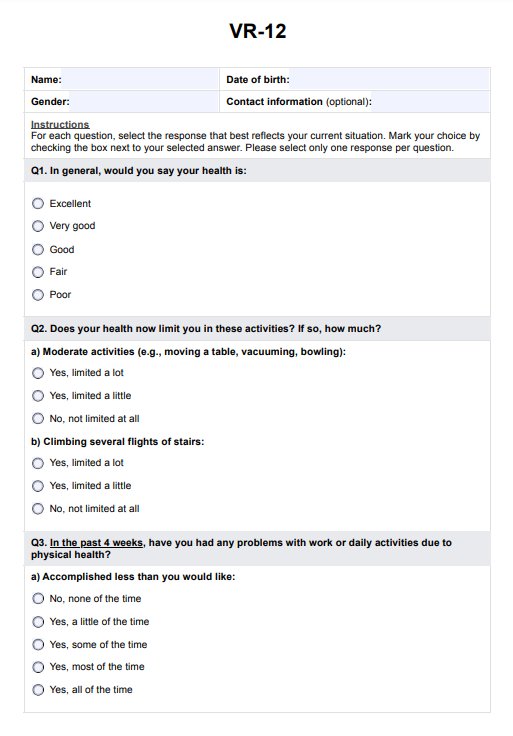
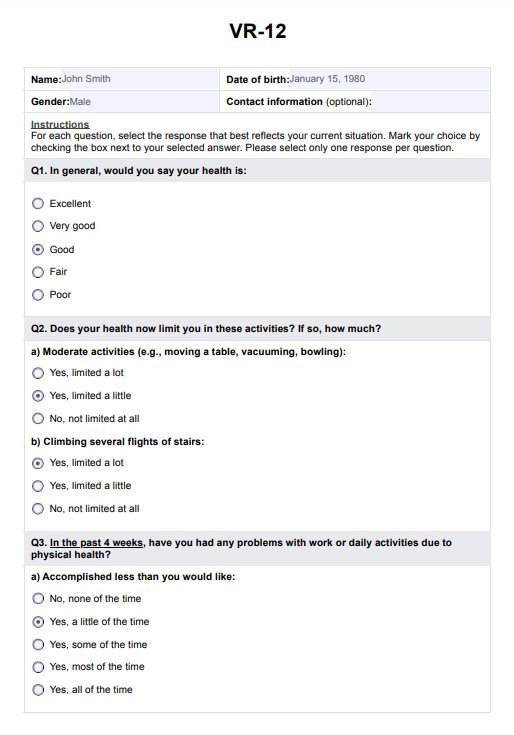

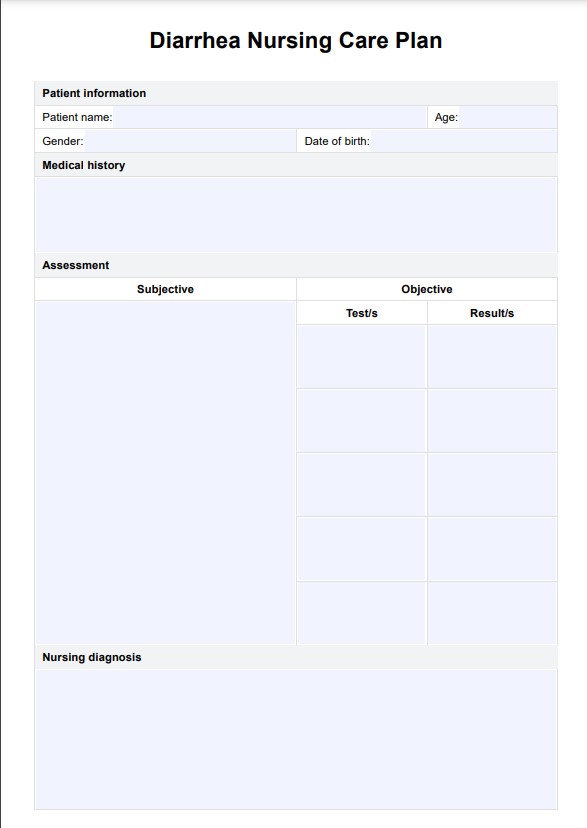

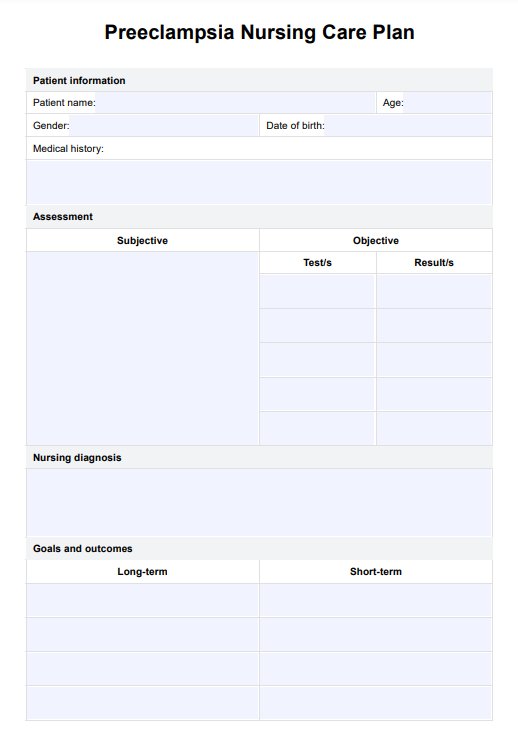
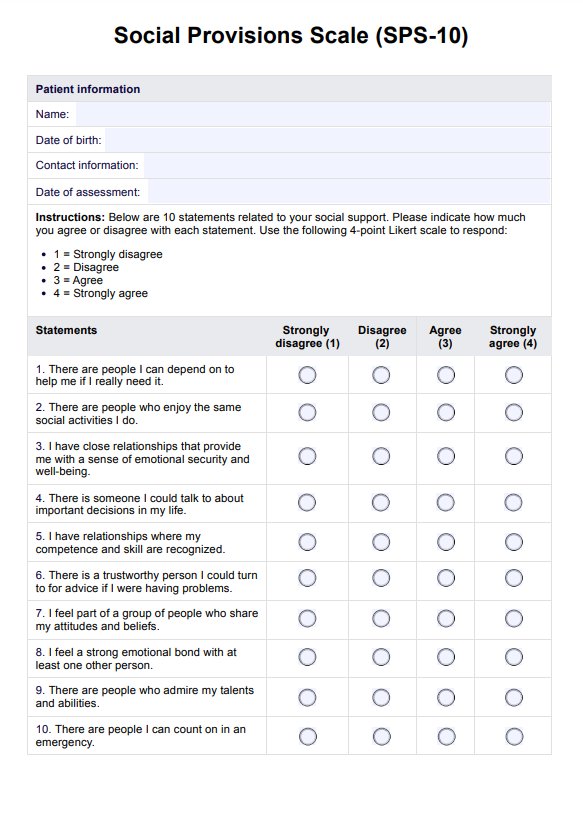

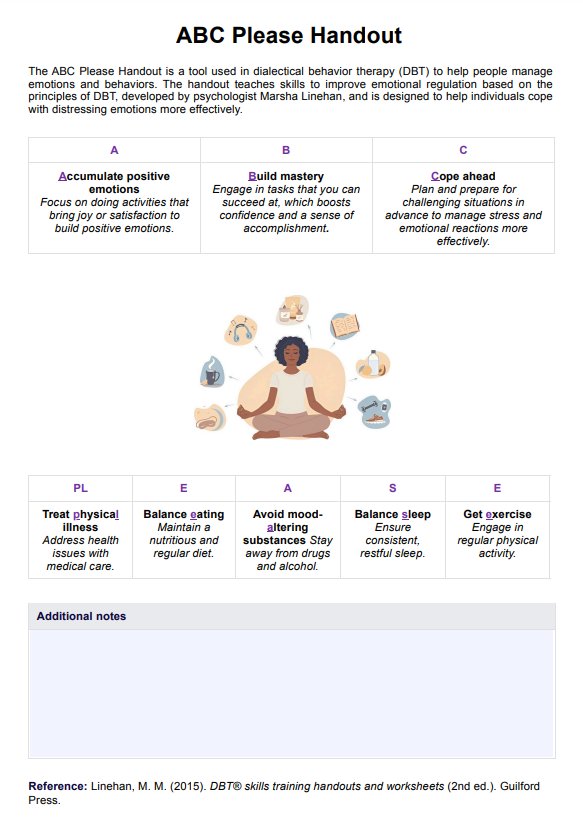
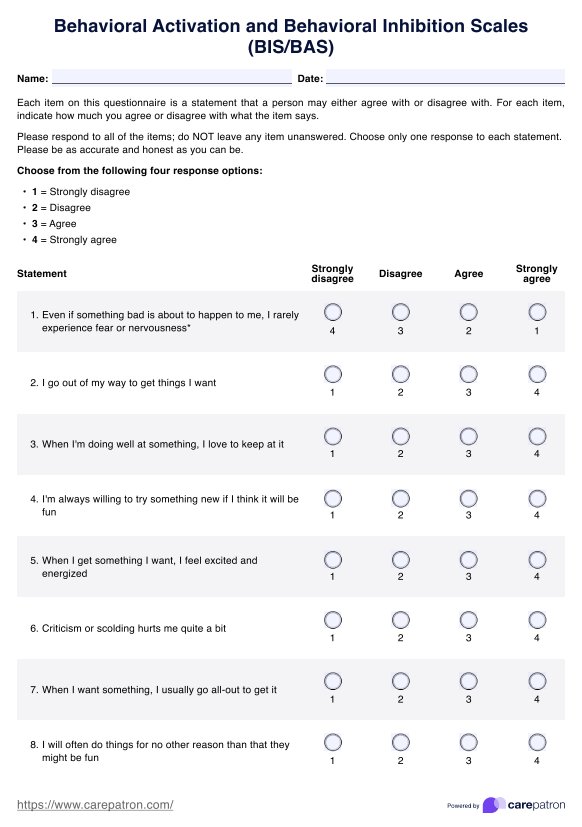
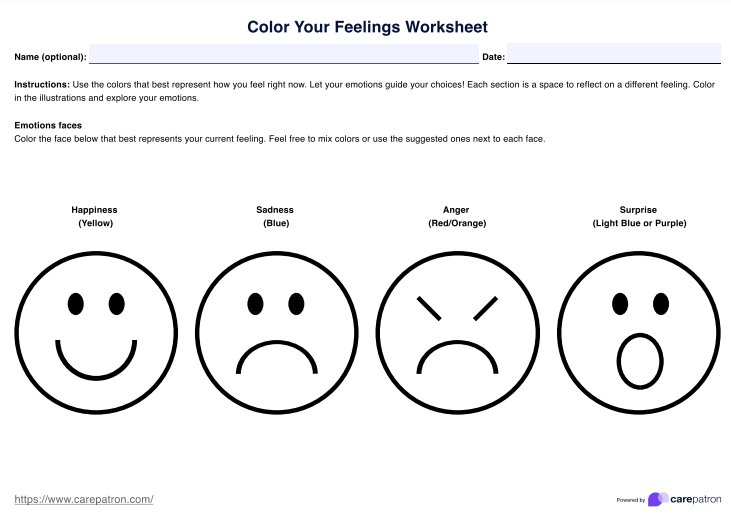
-template.jpg)
